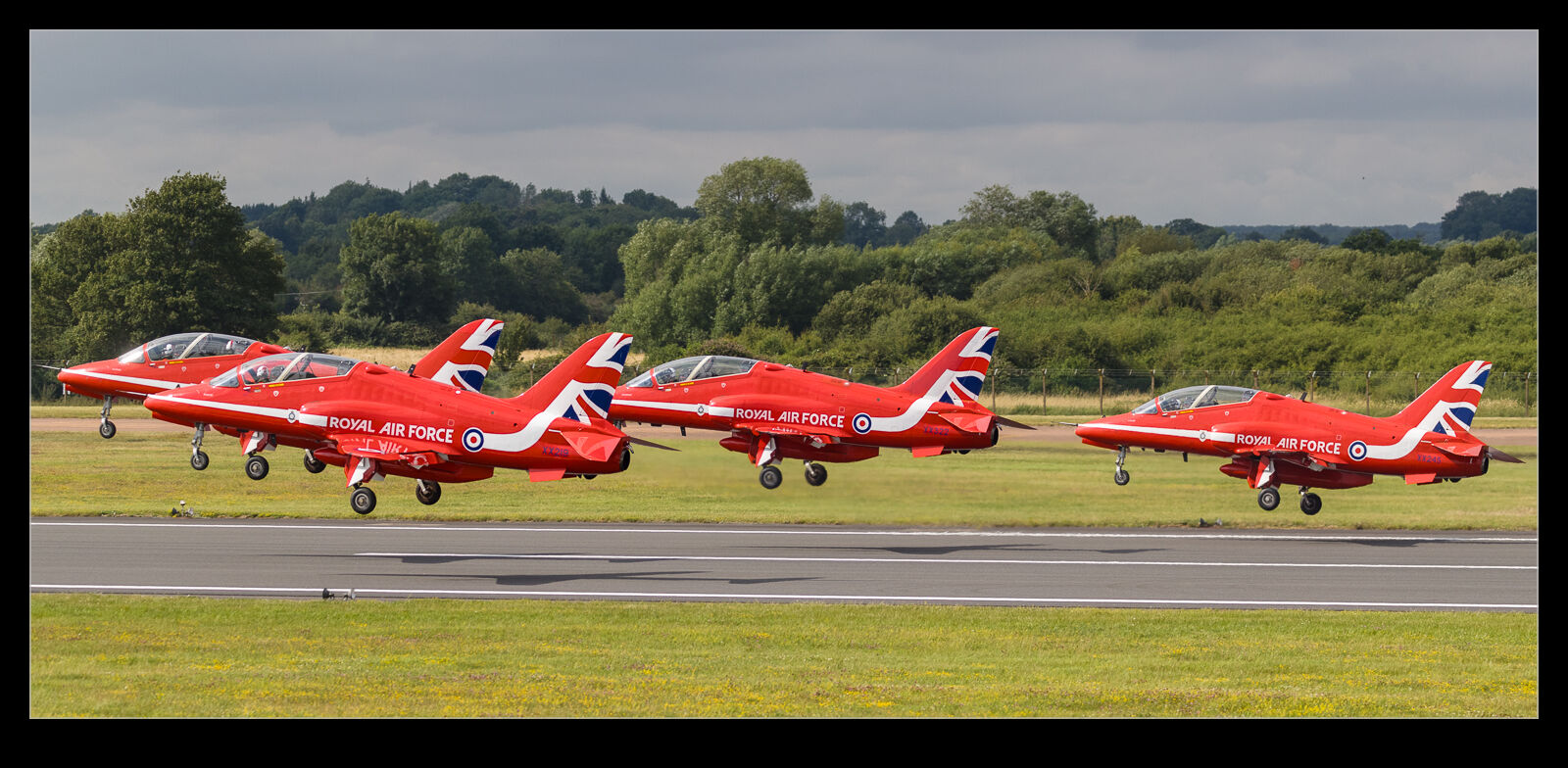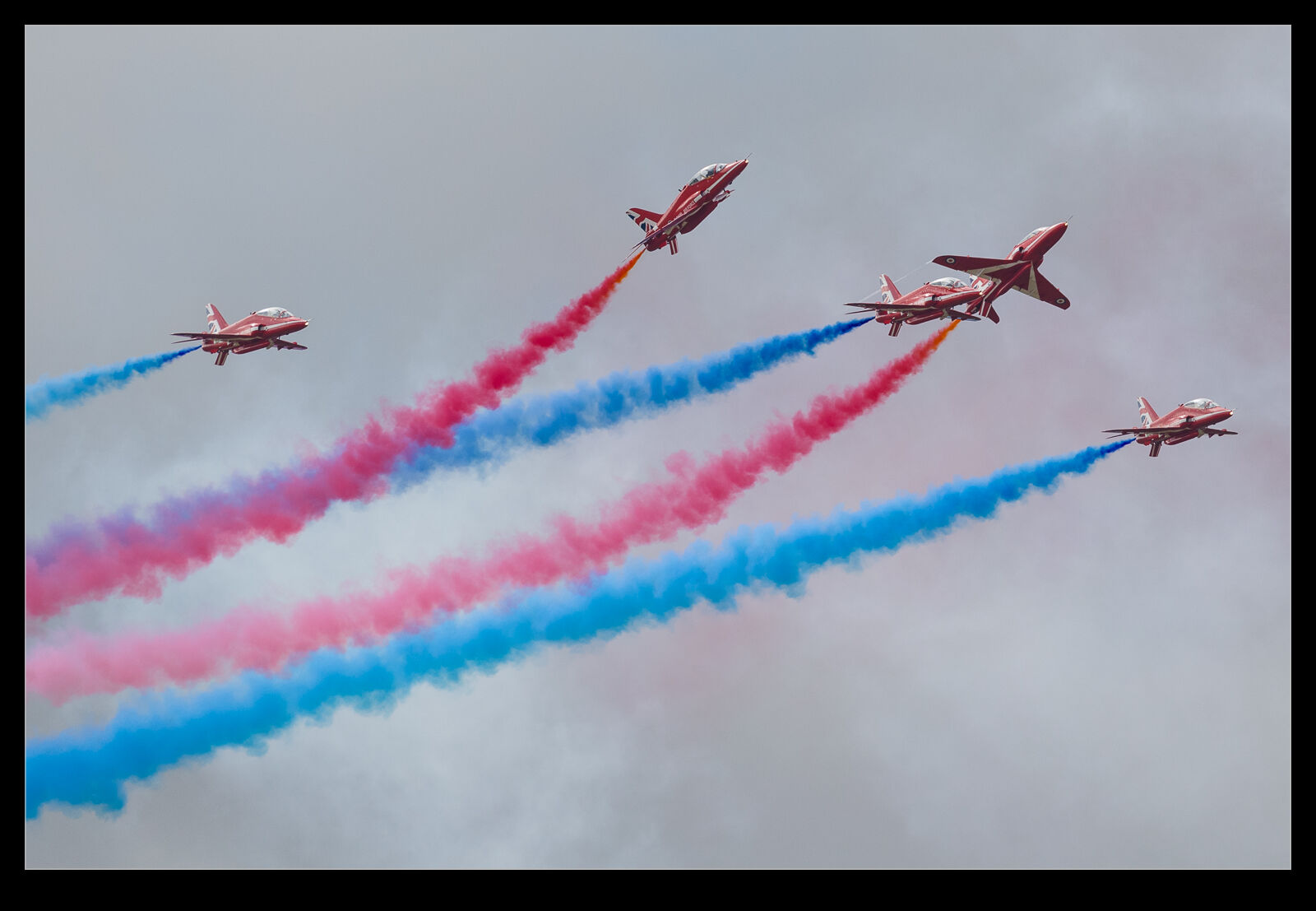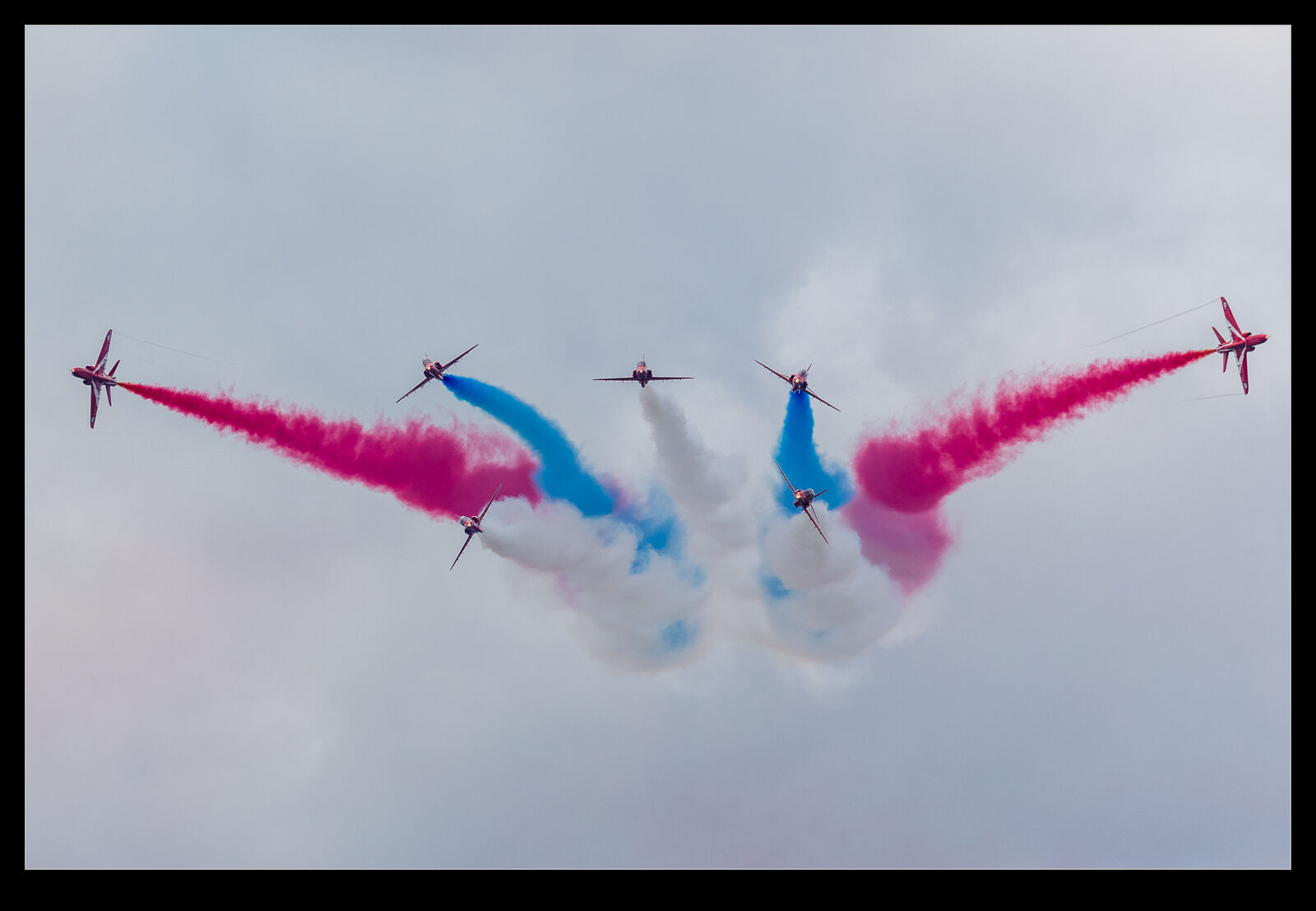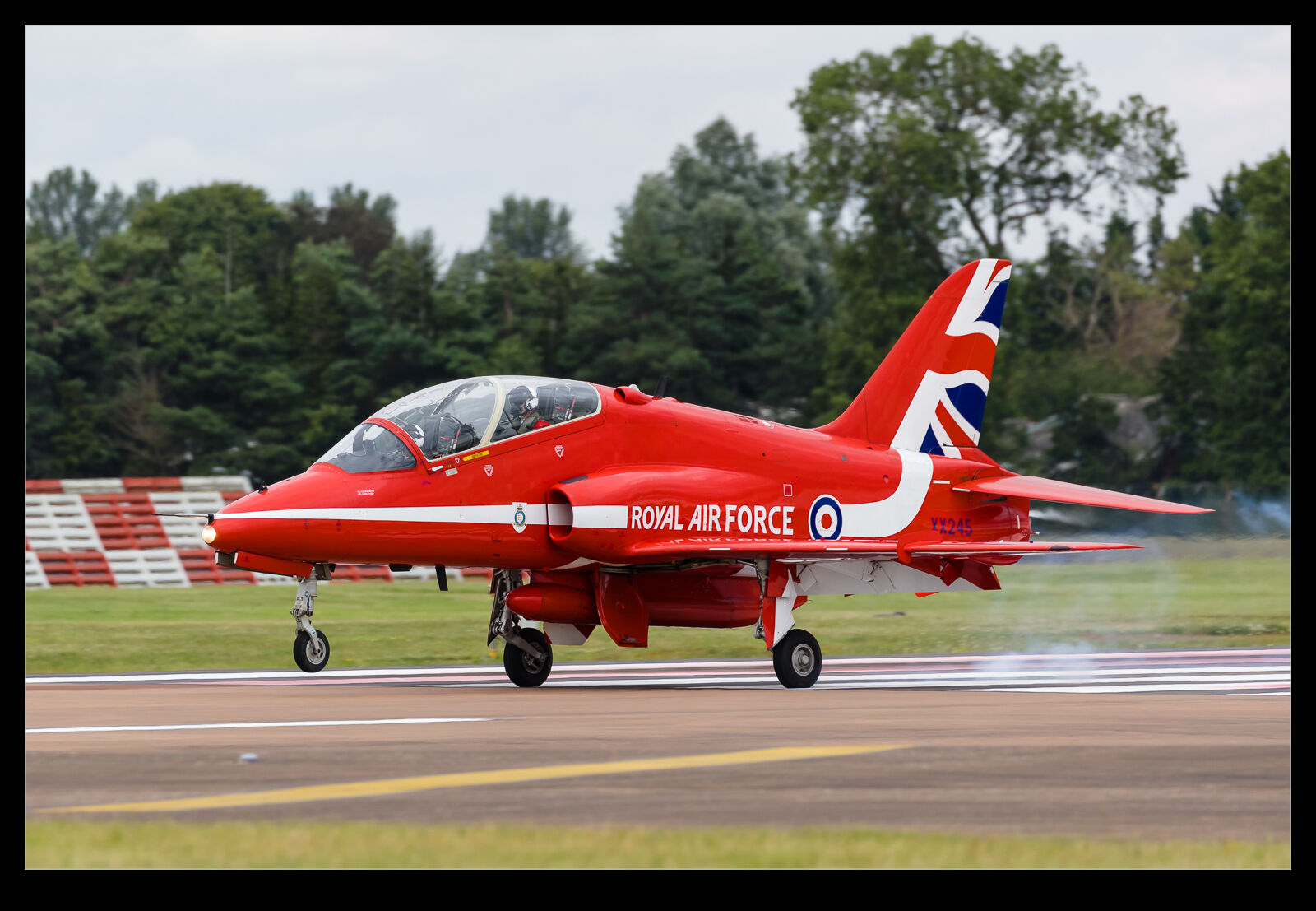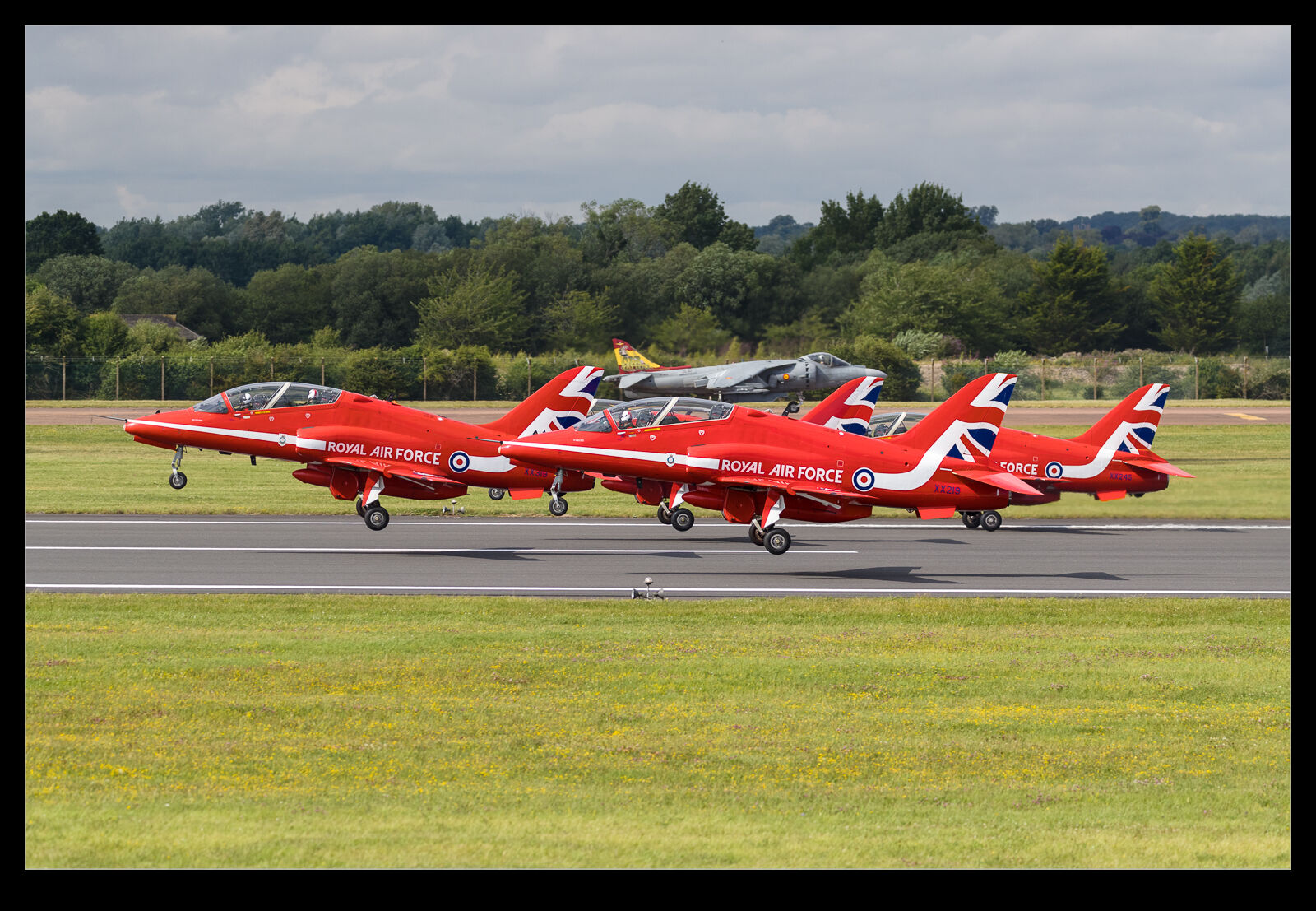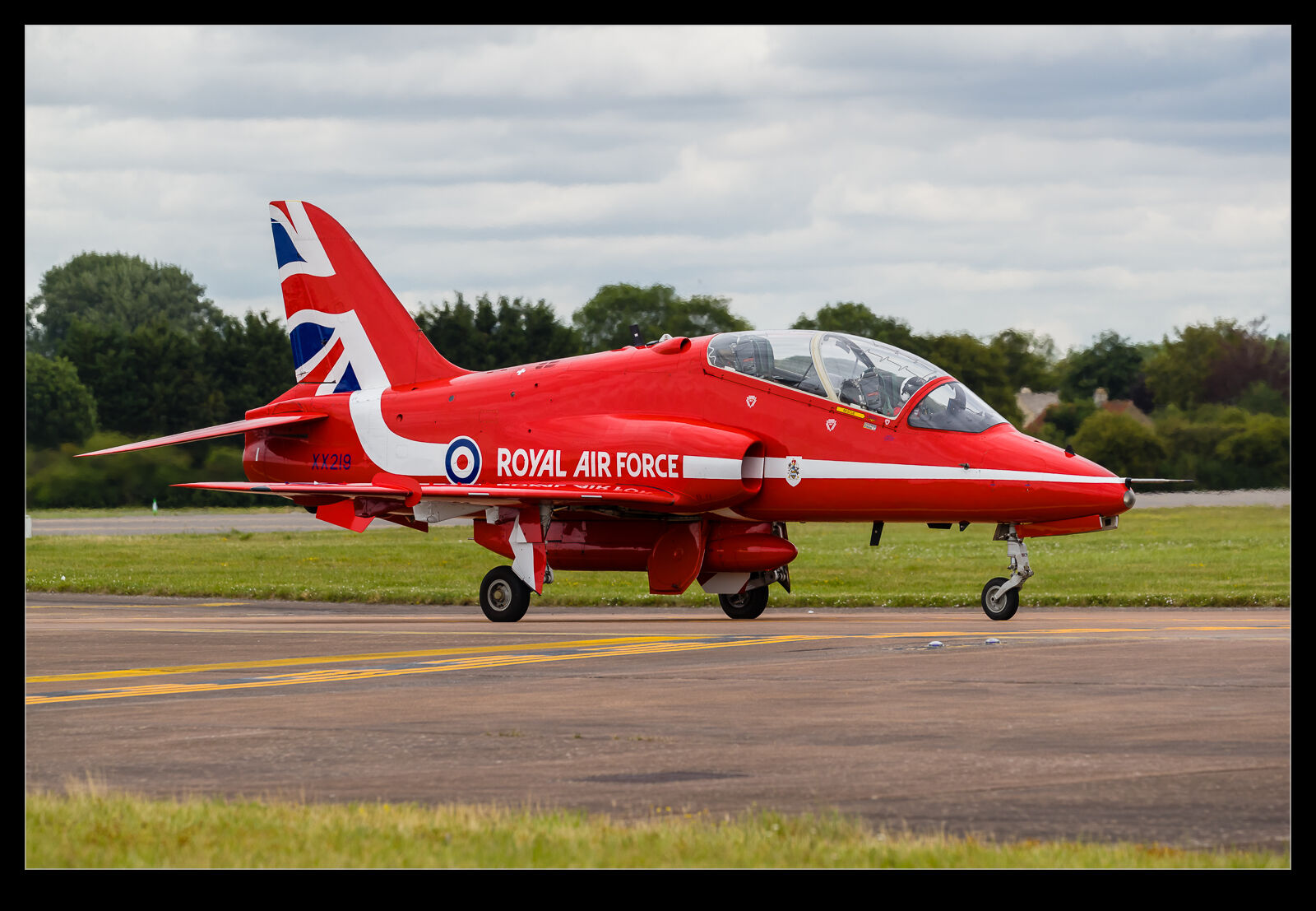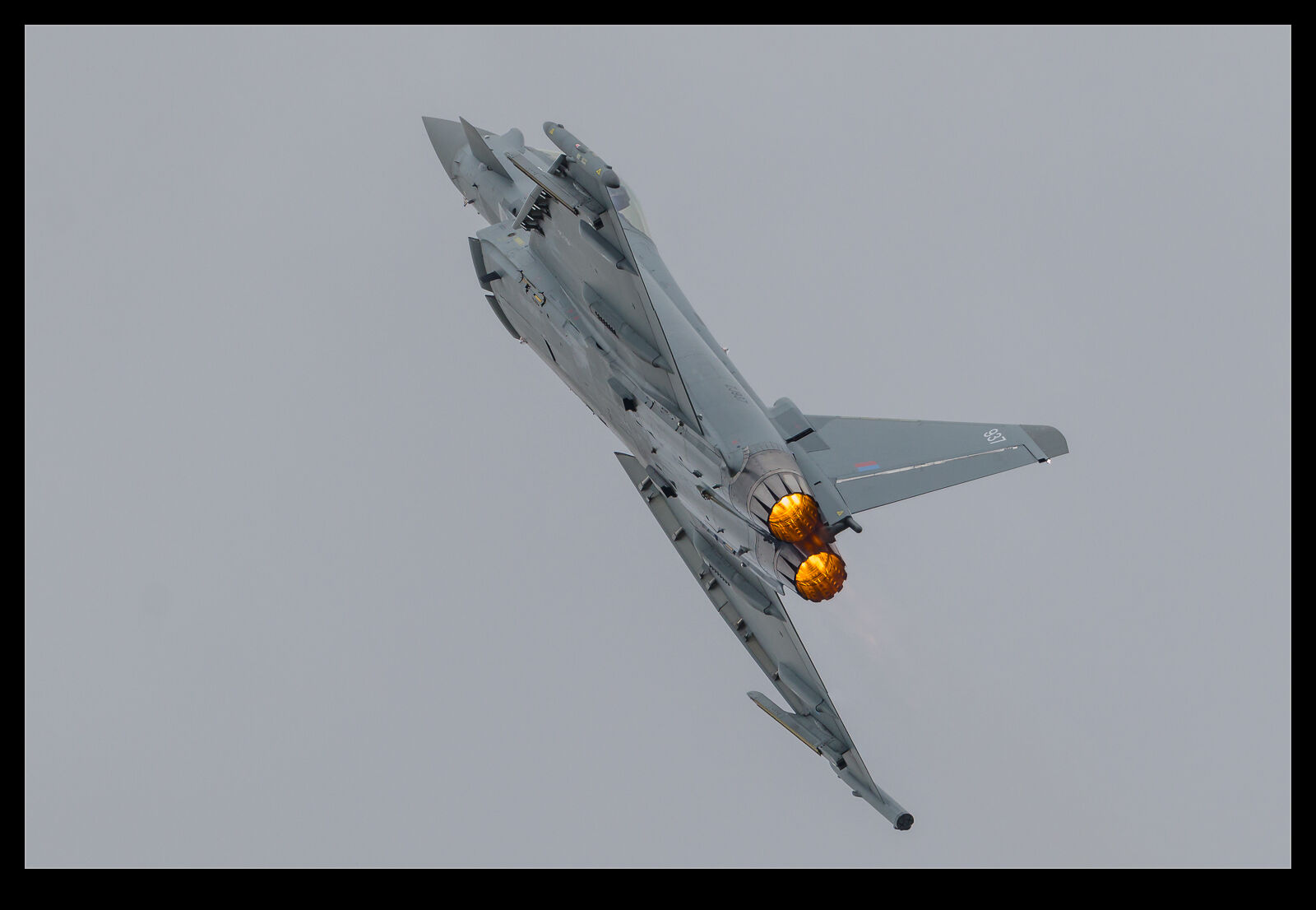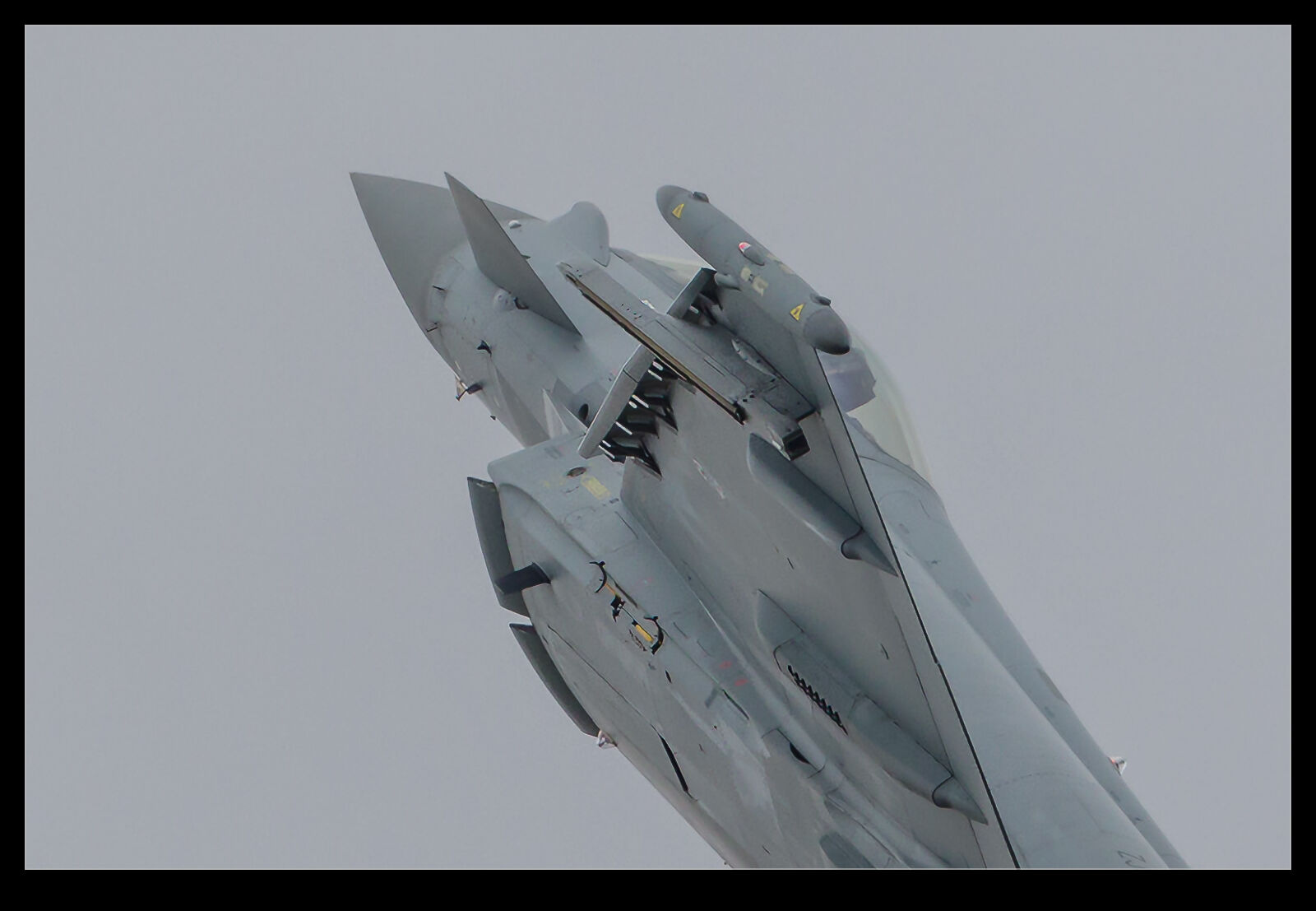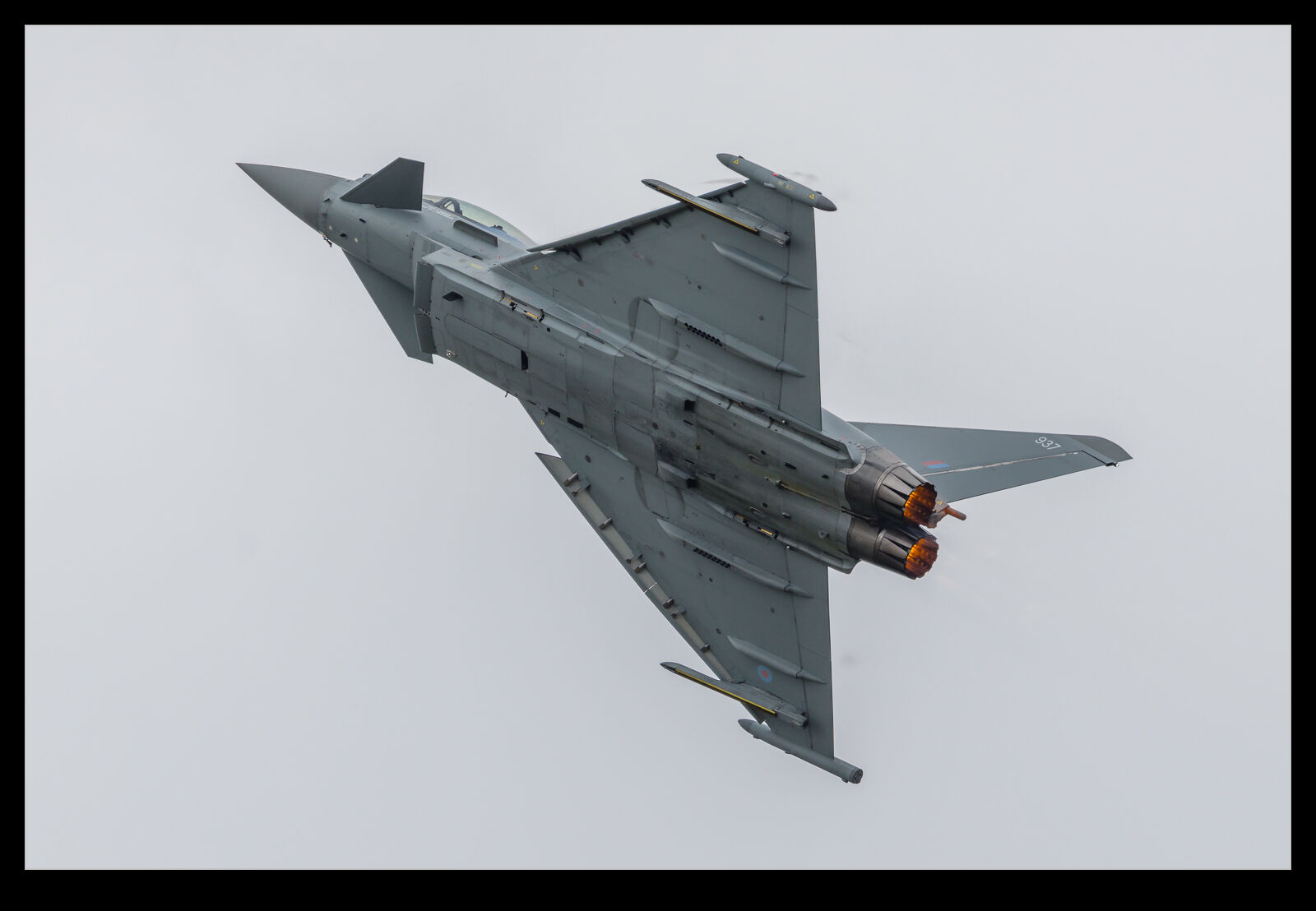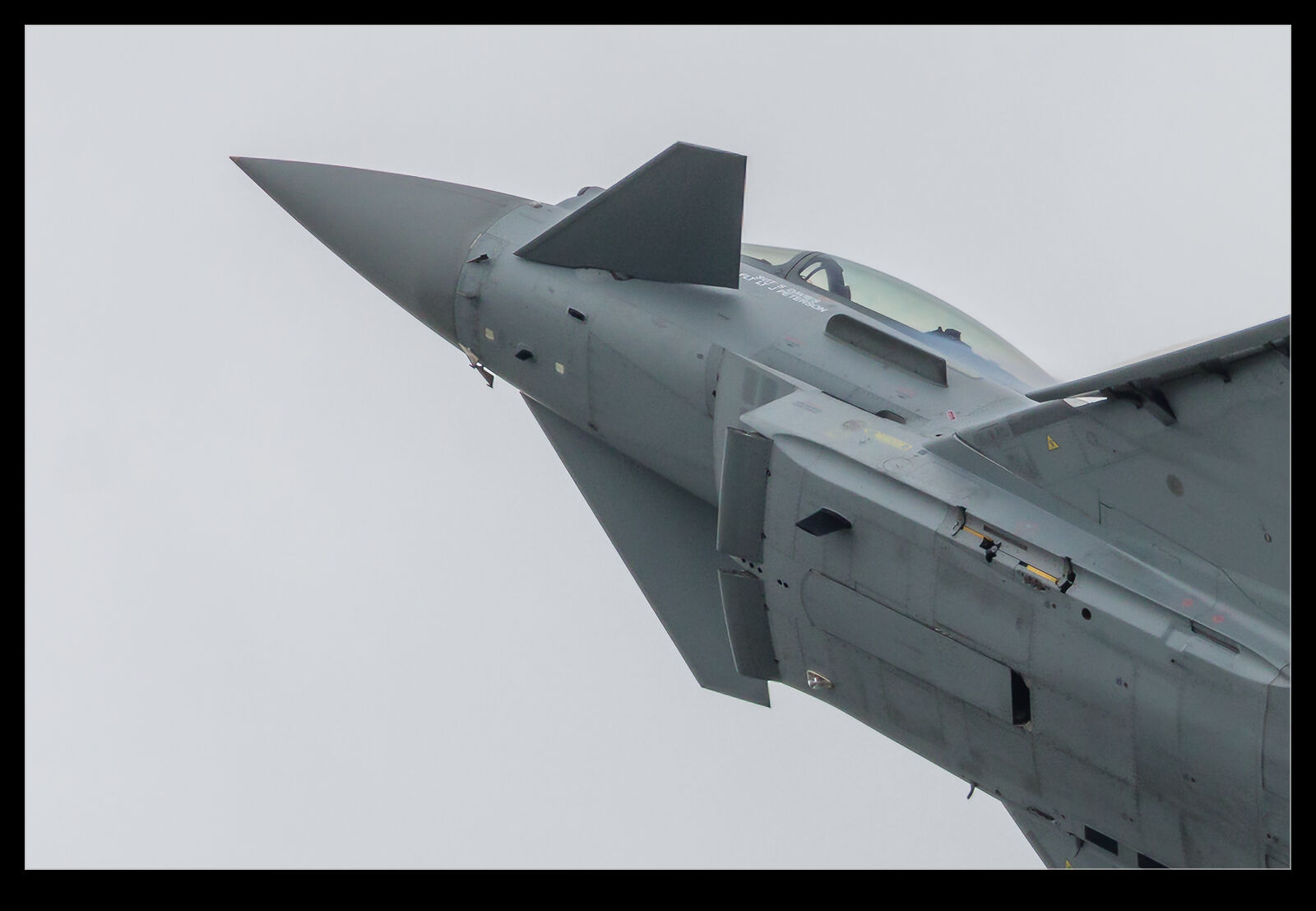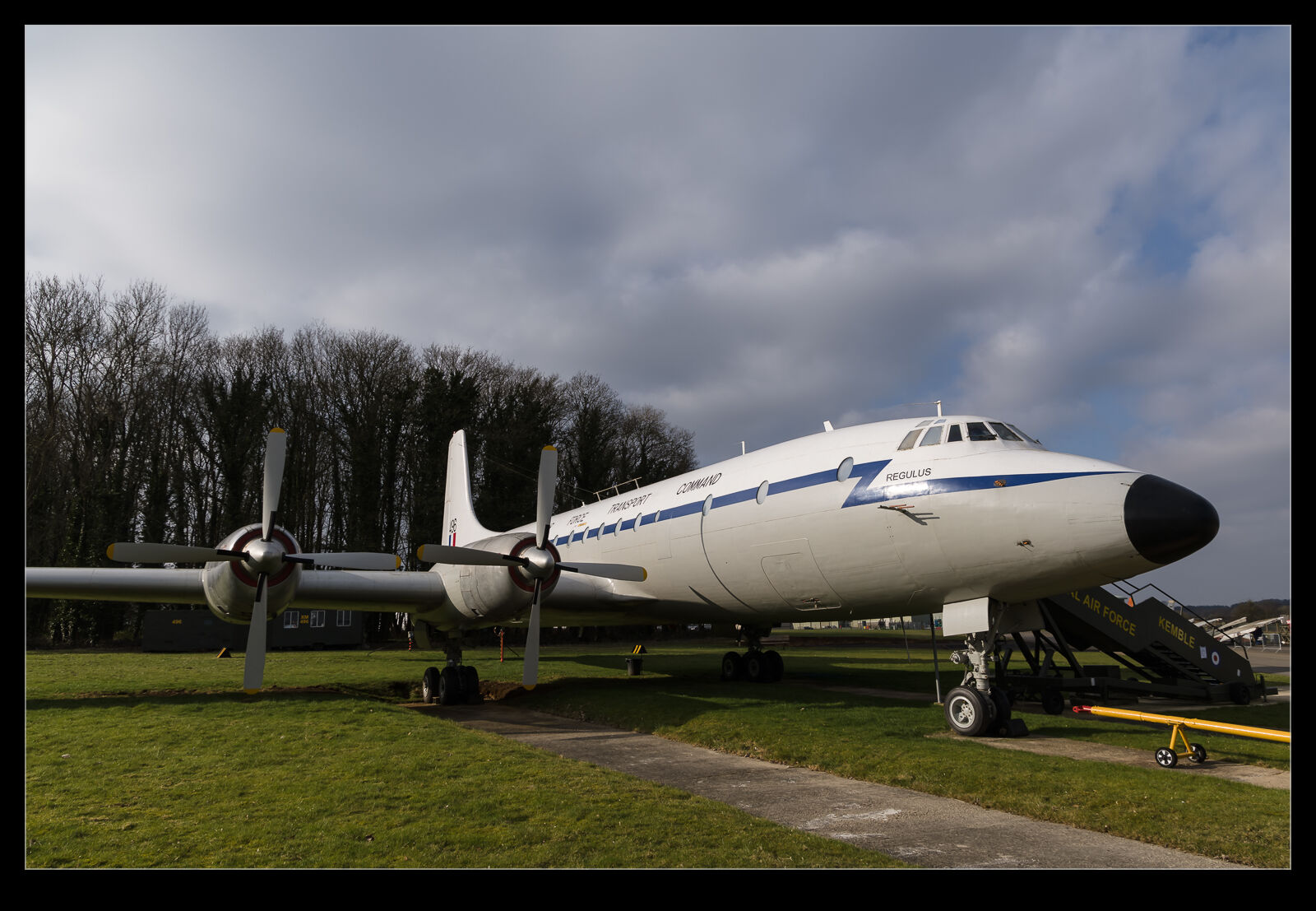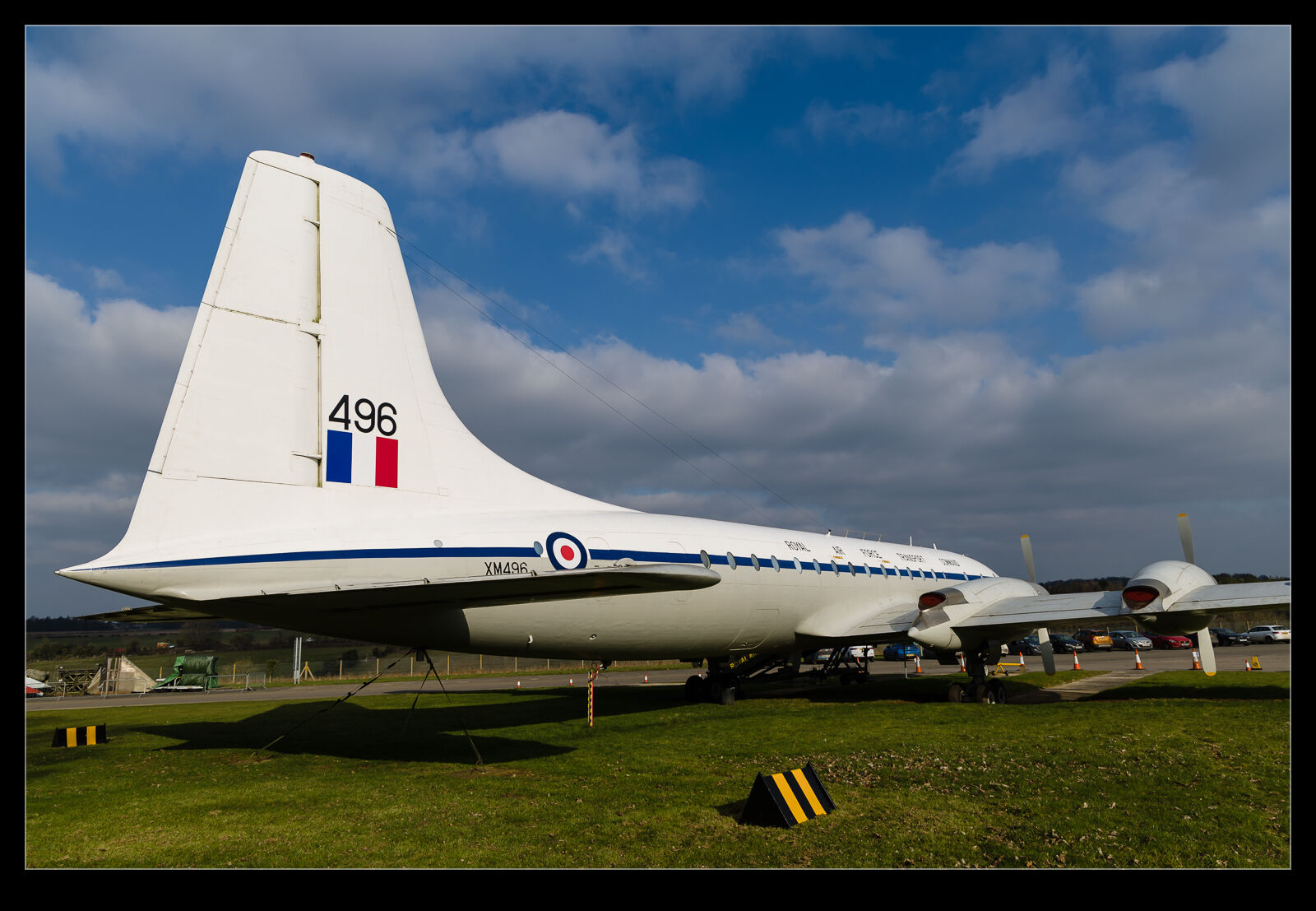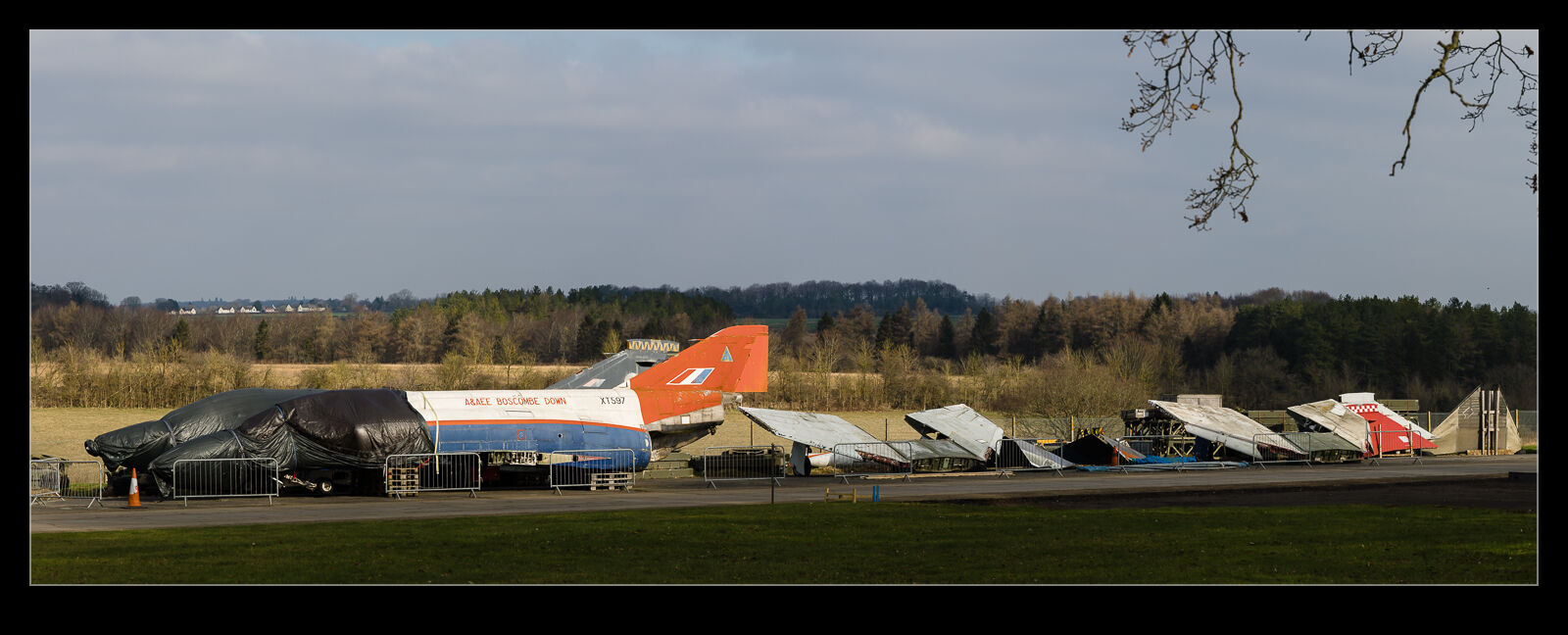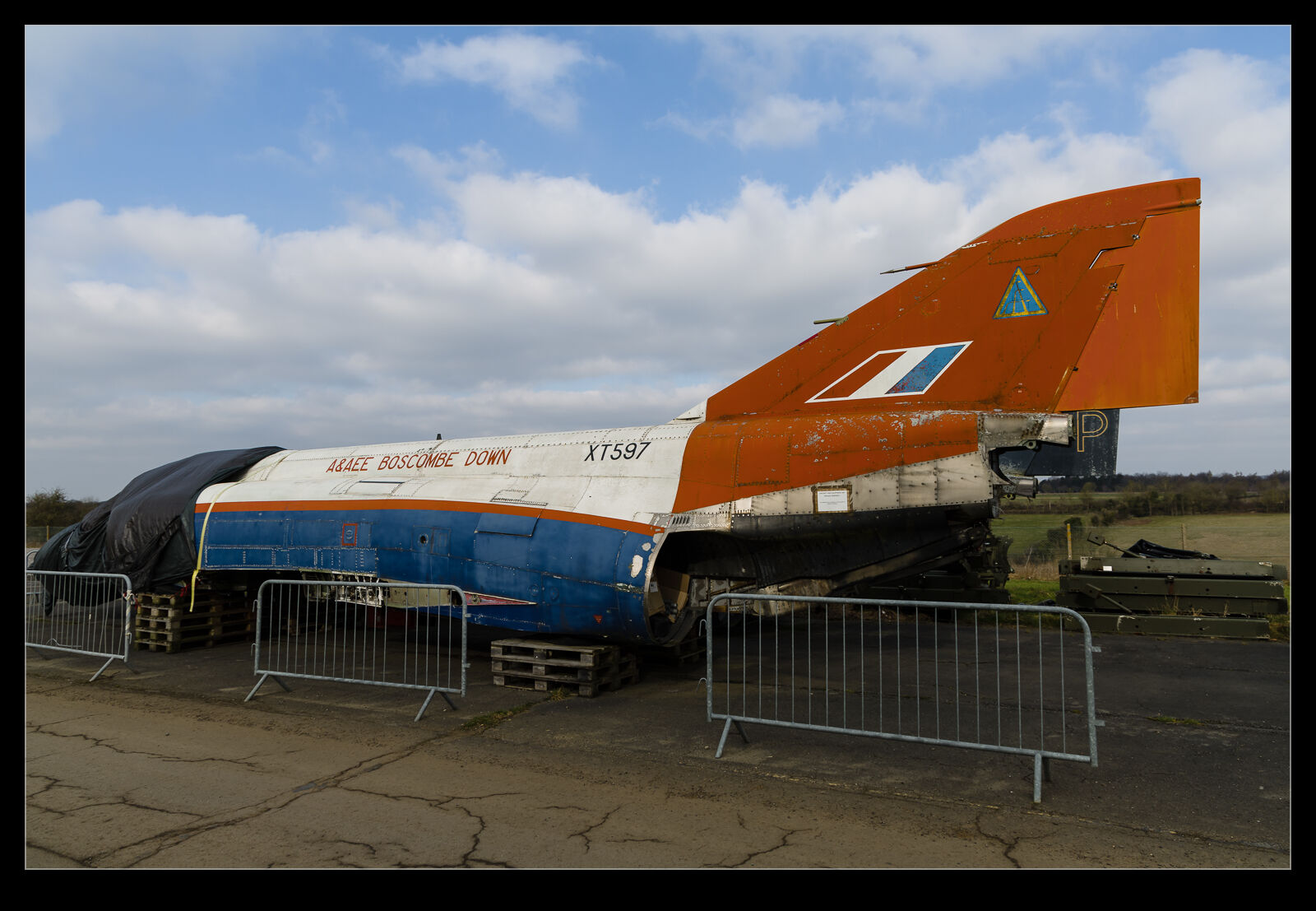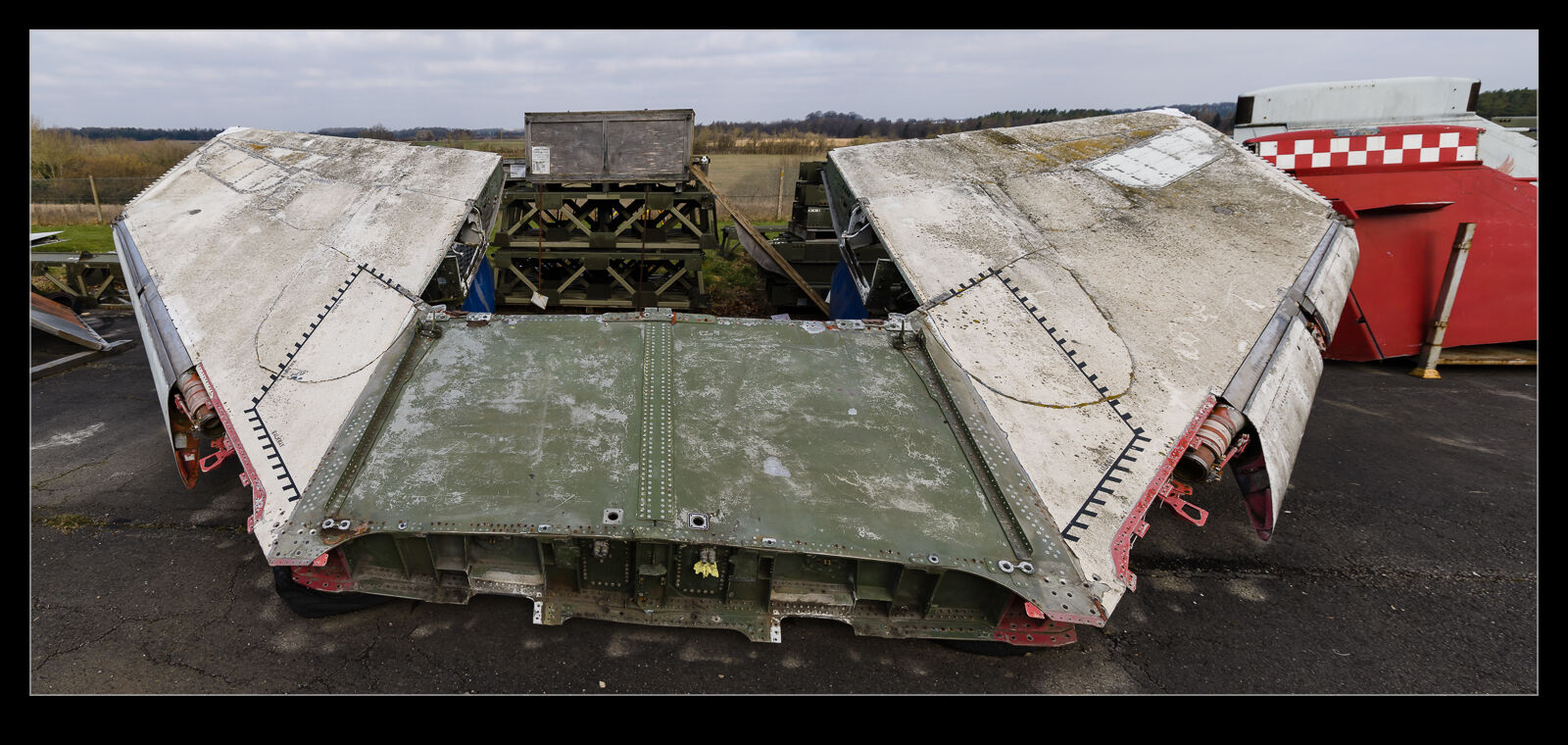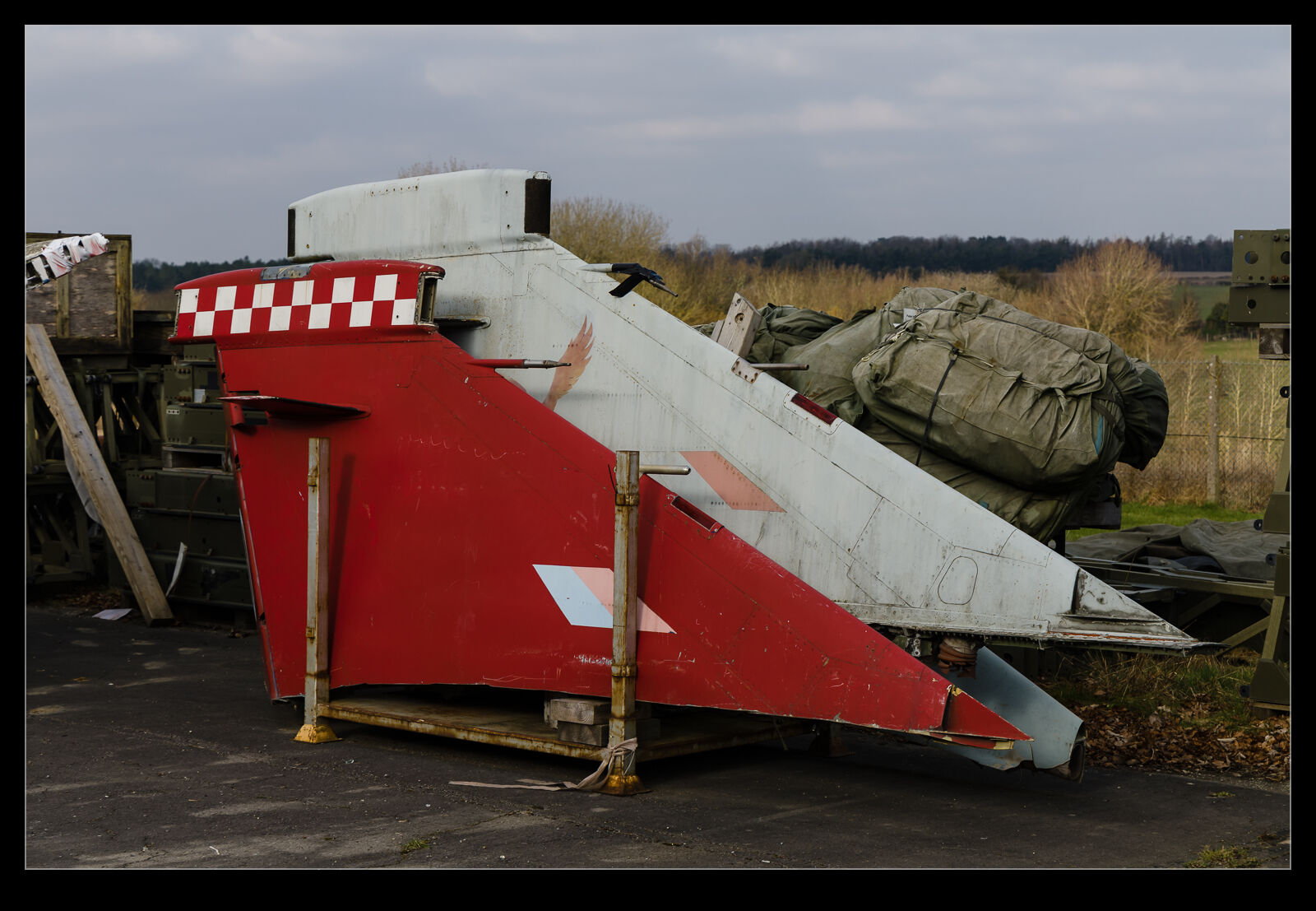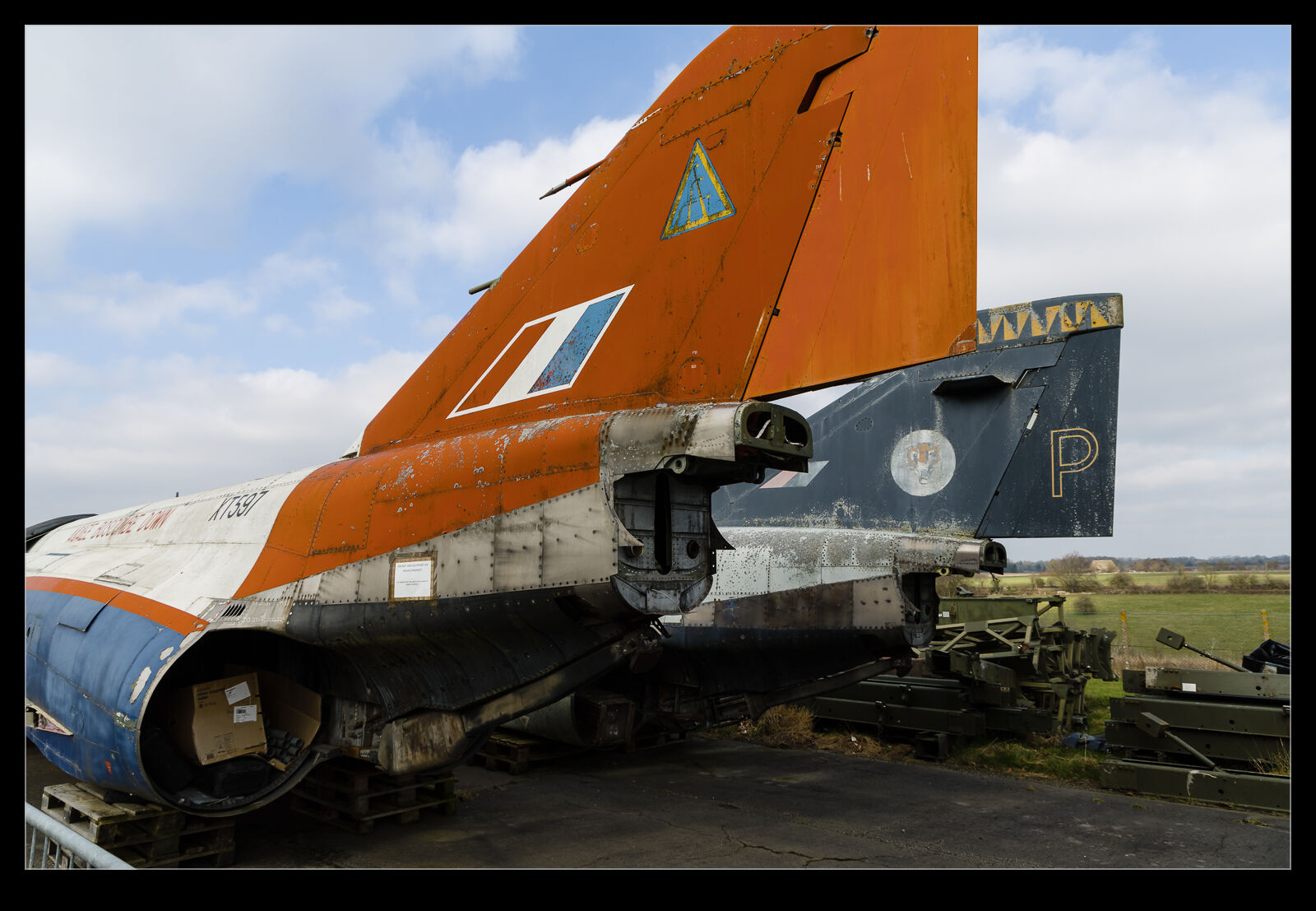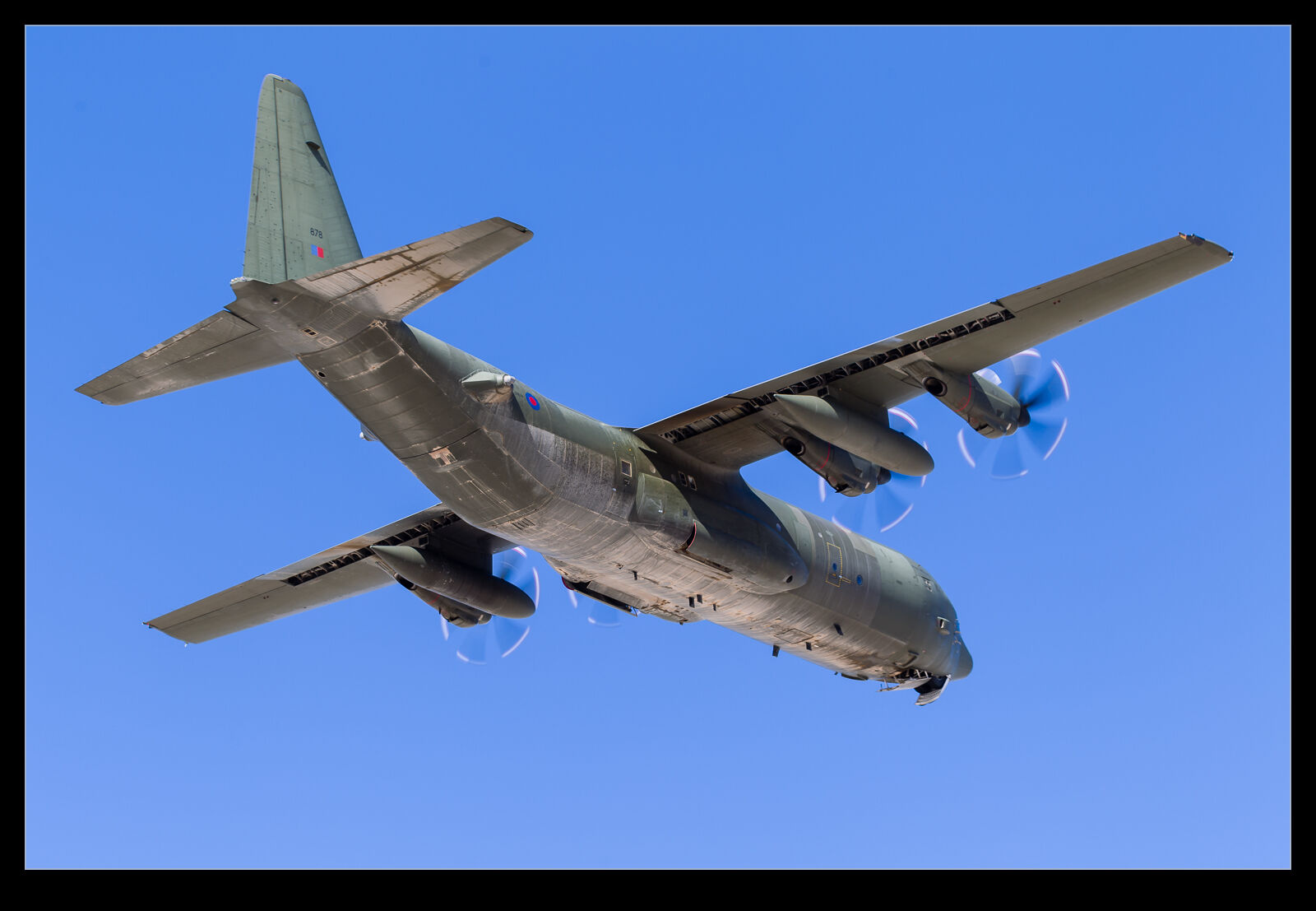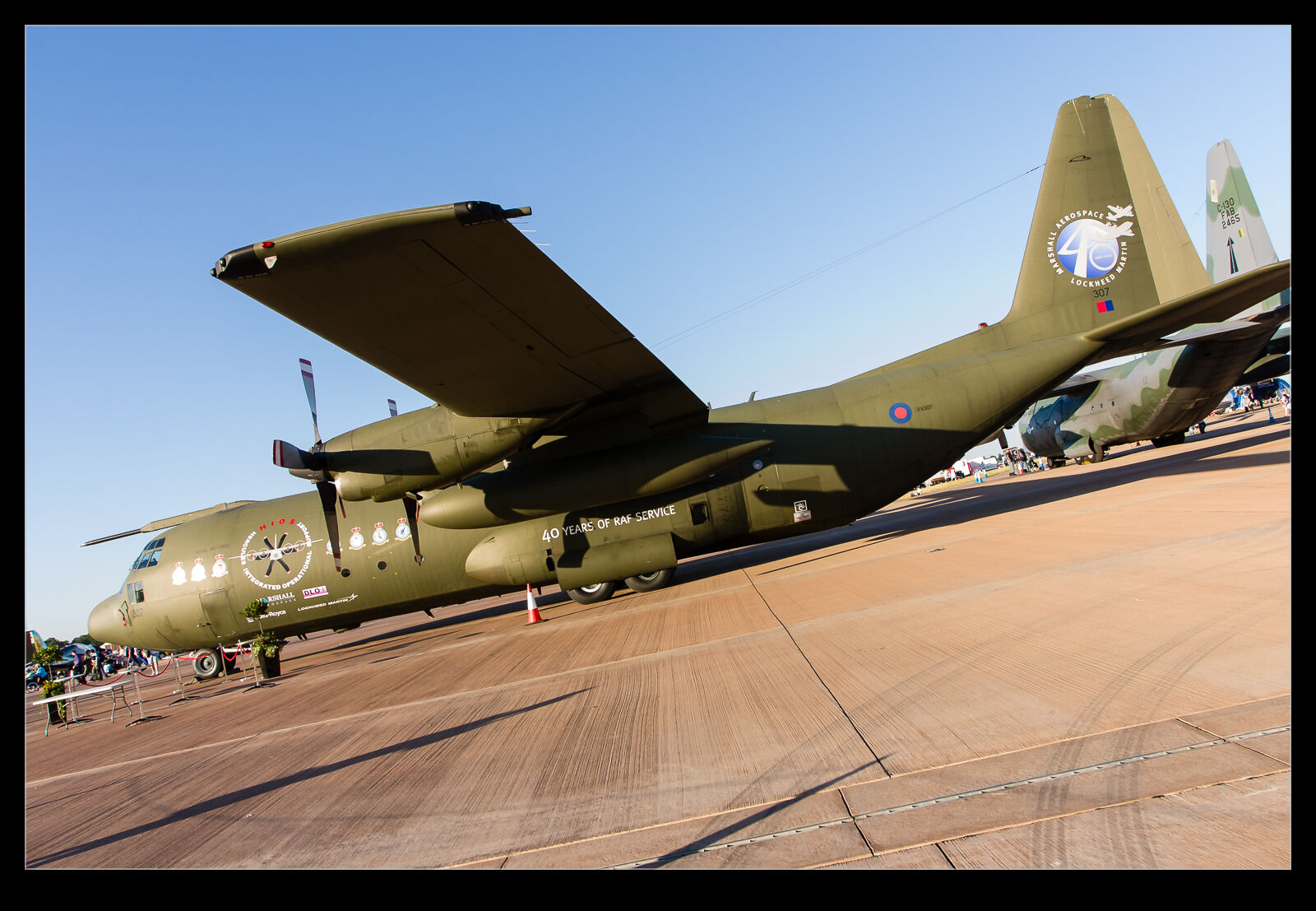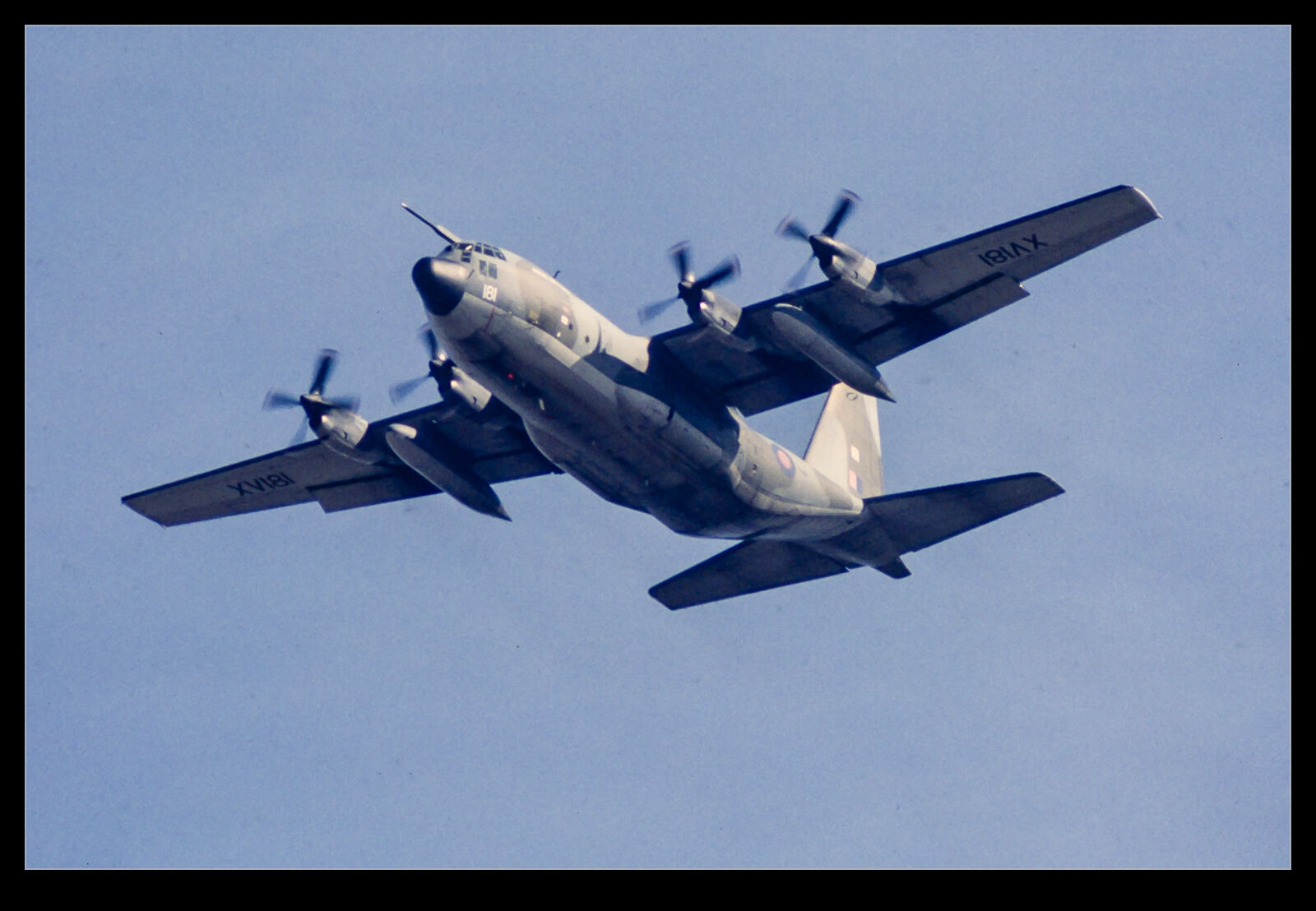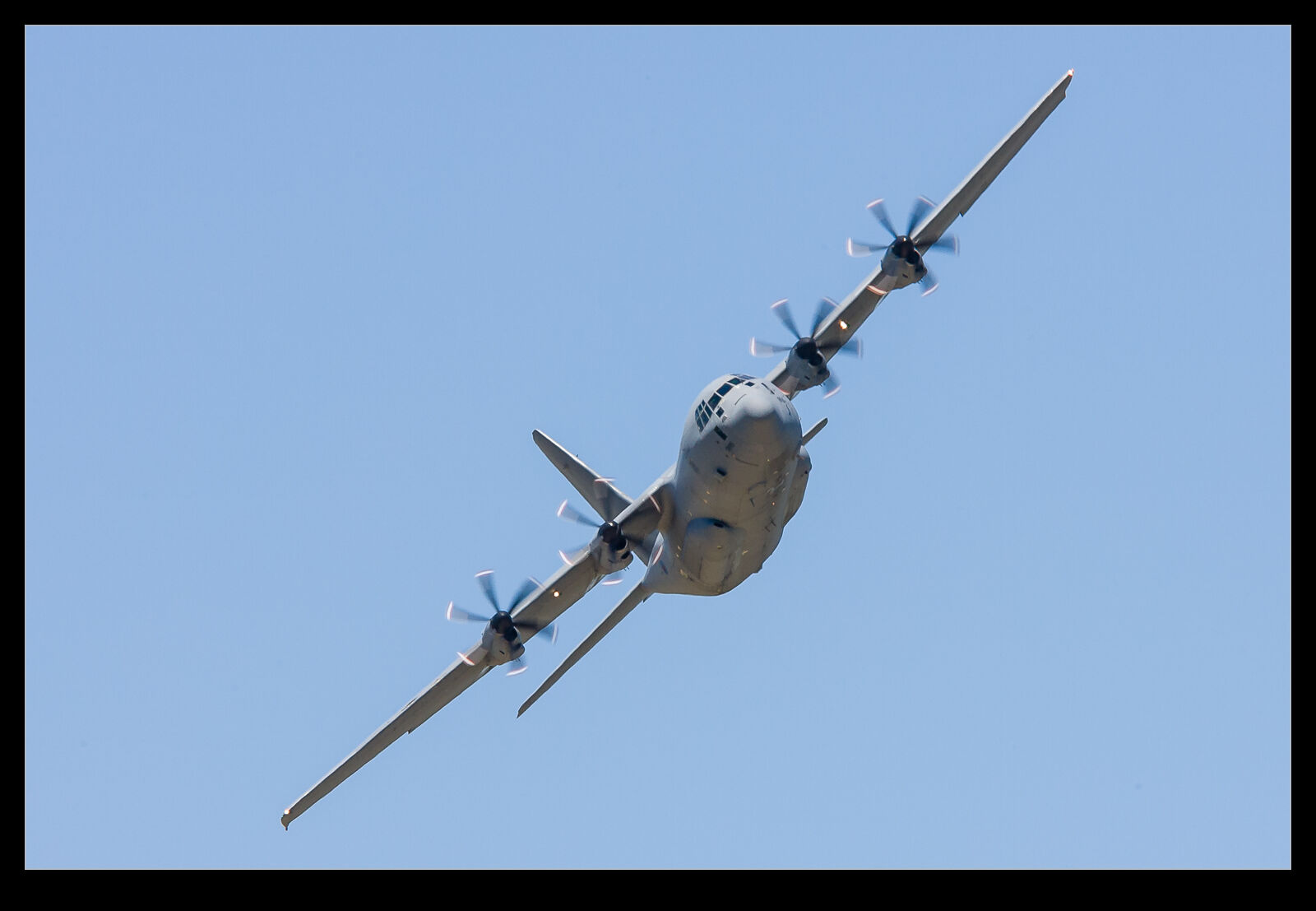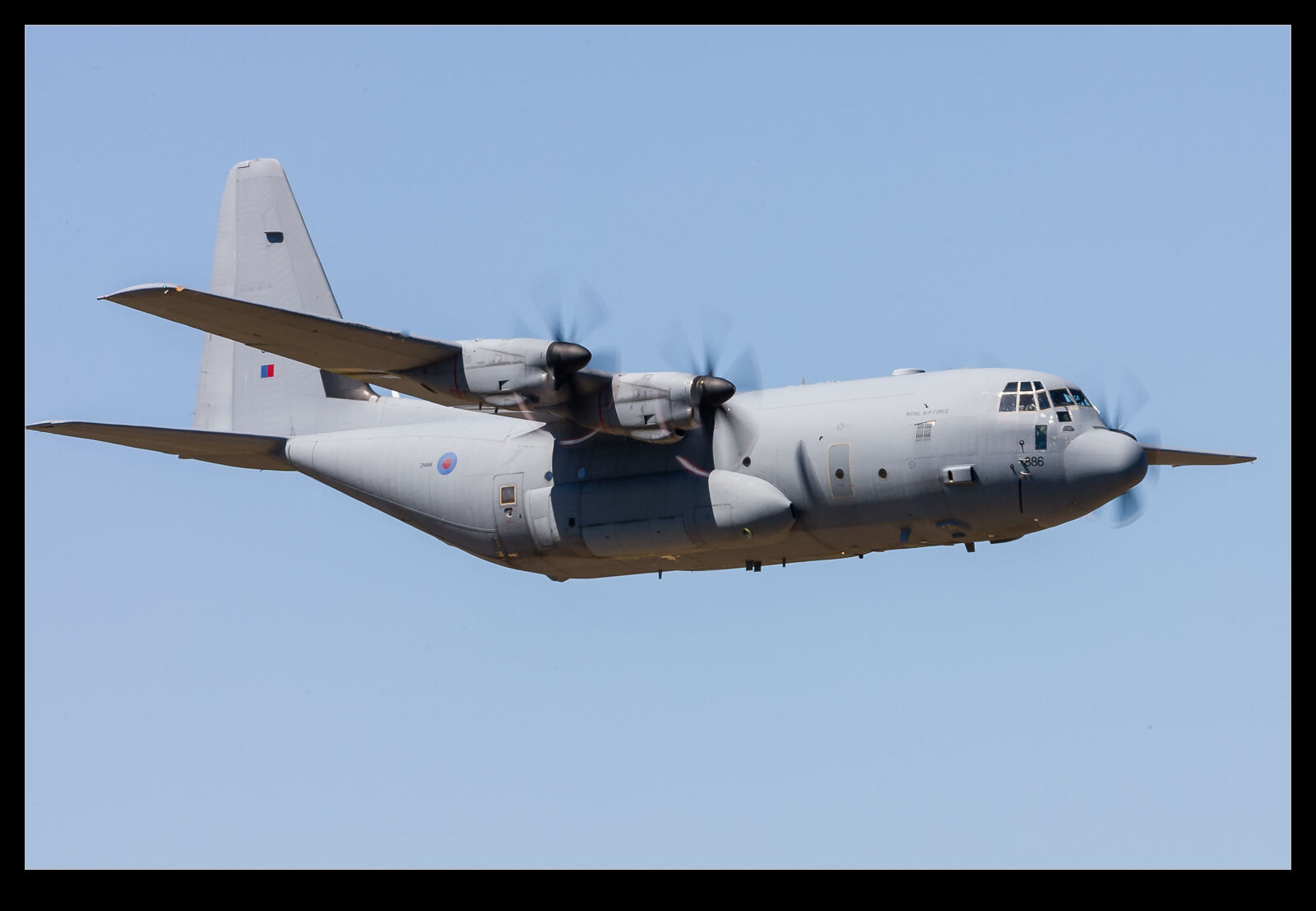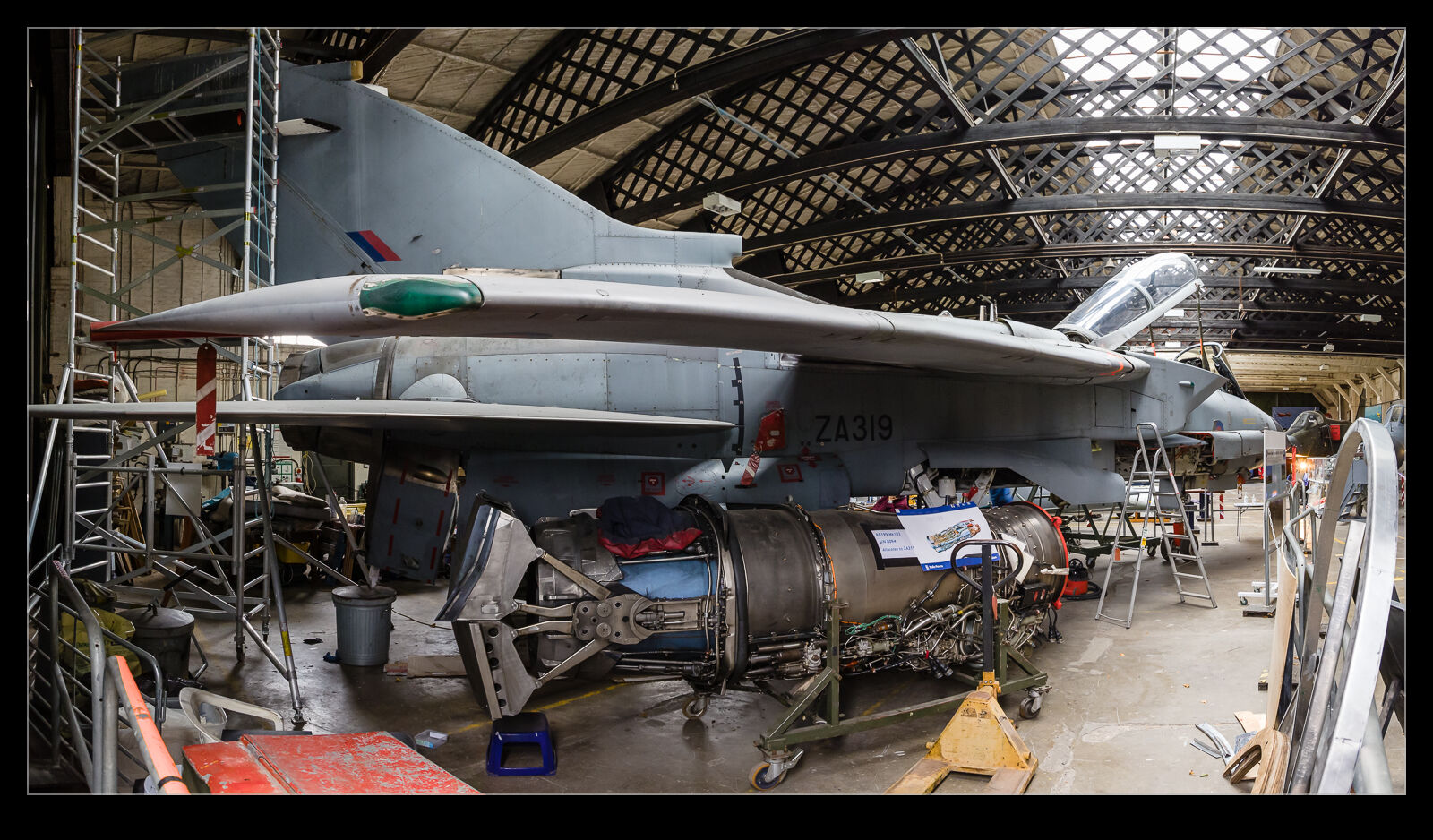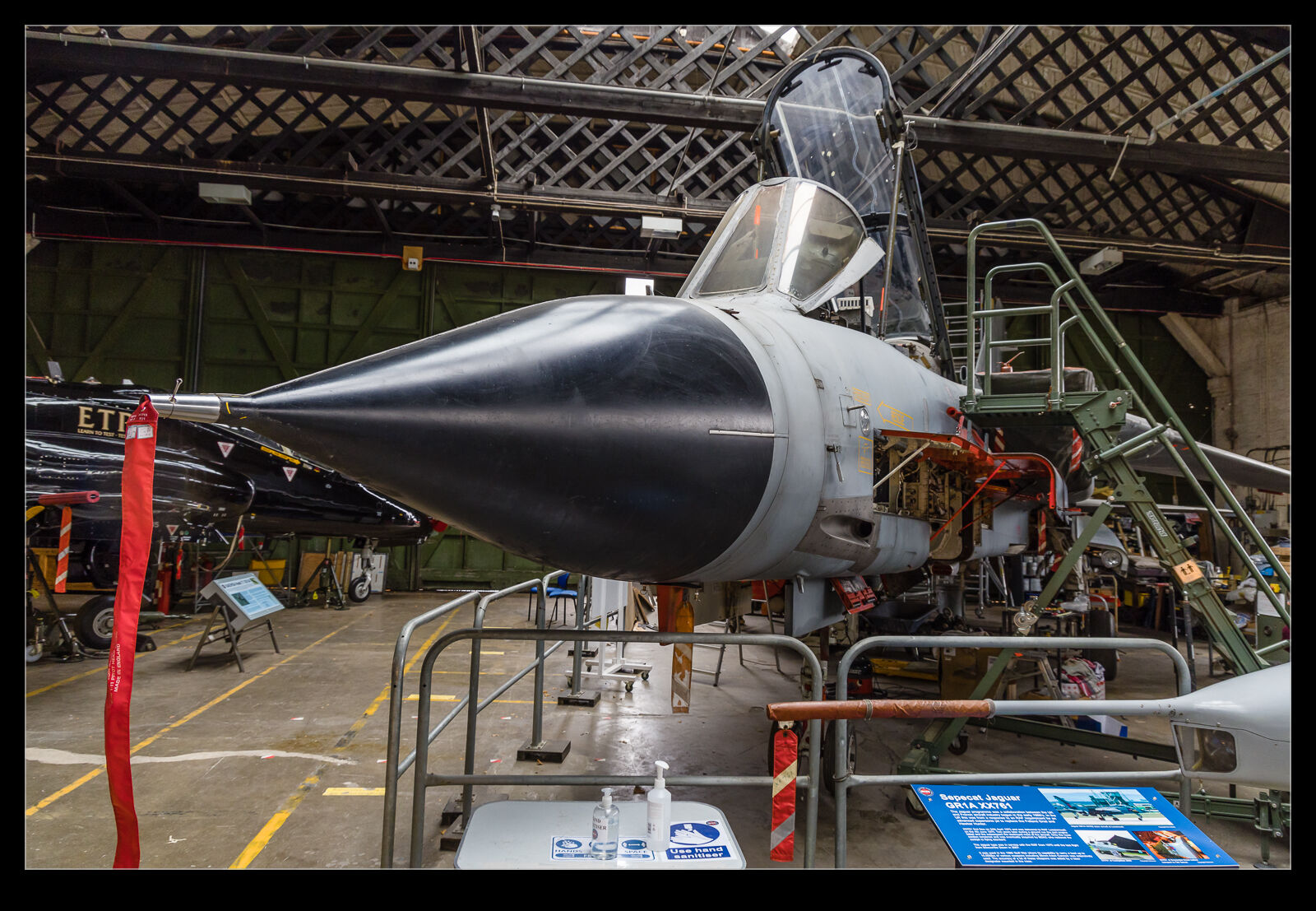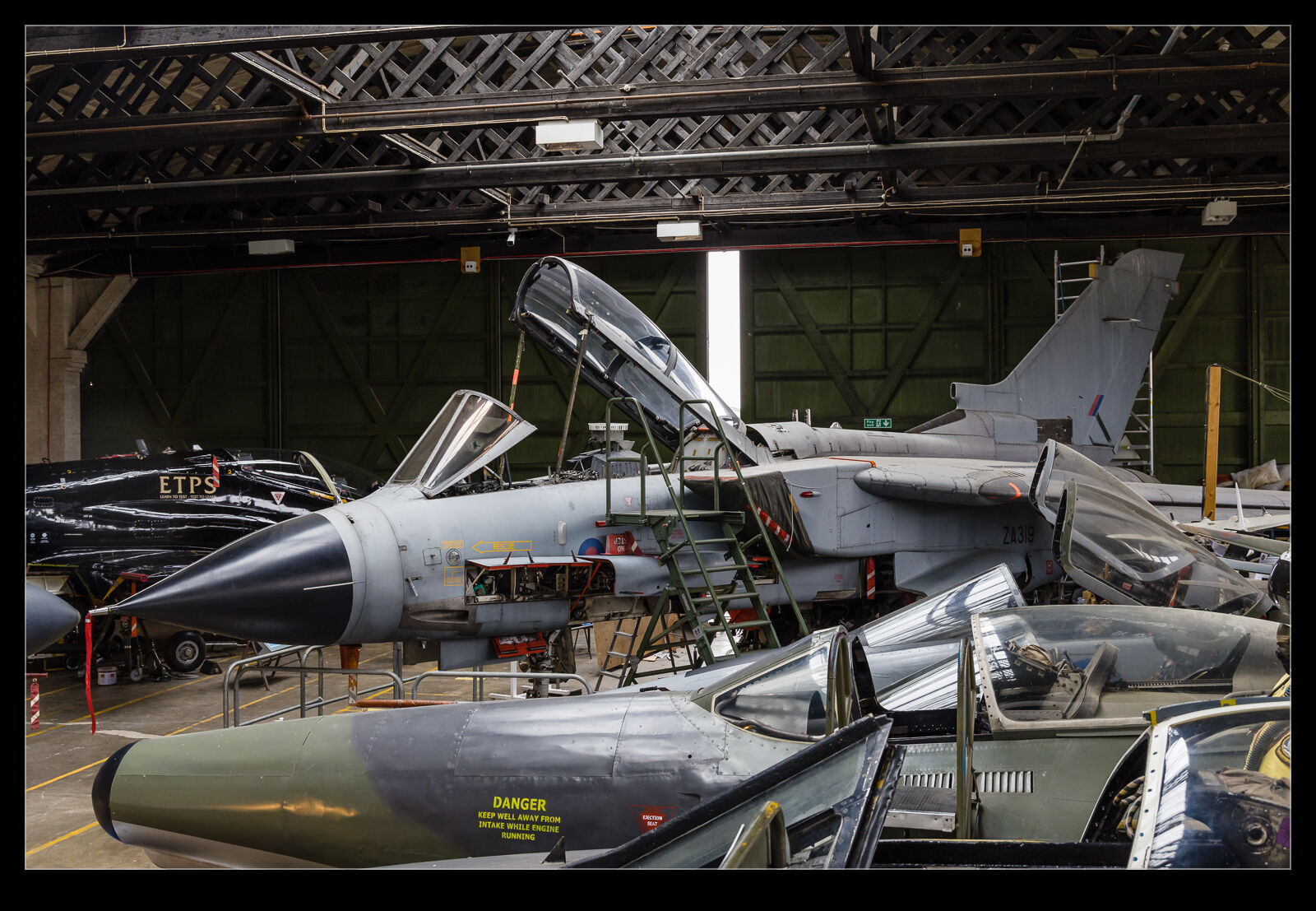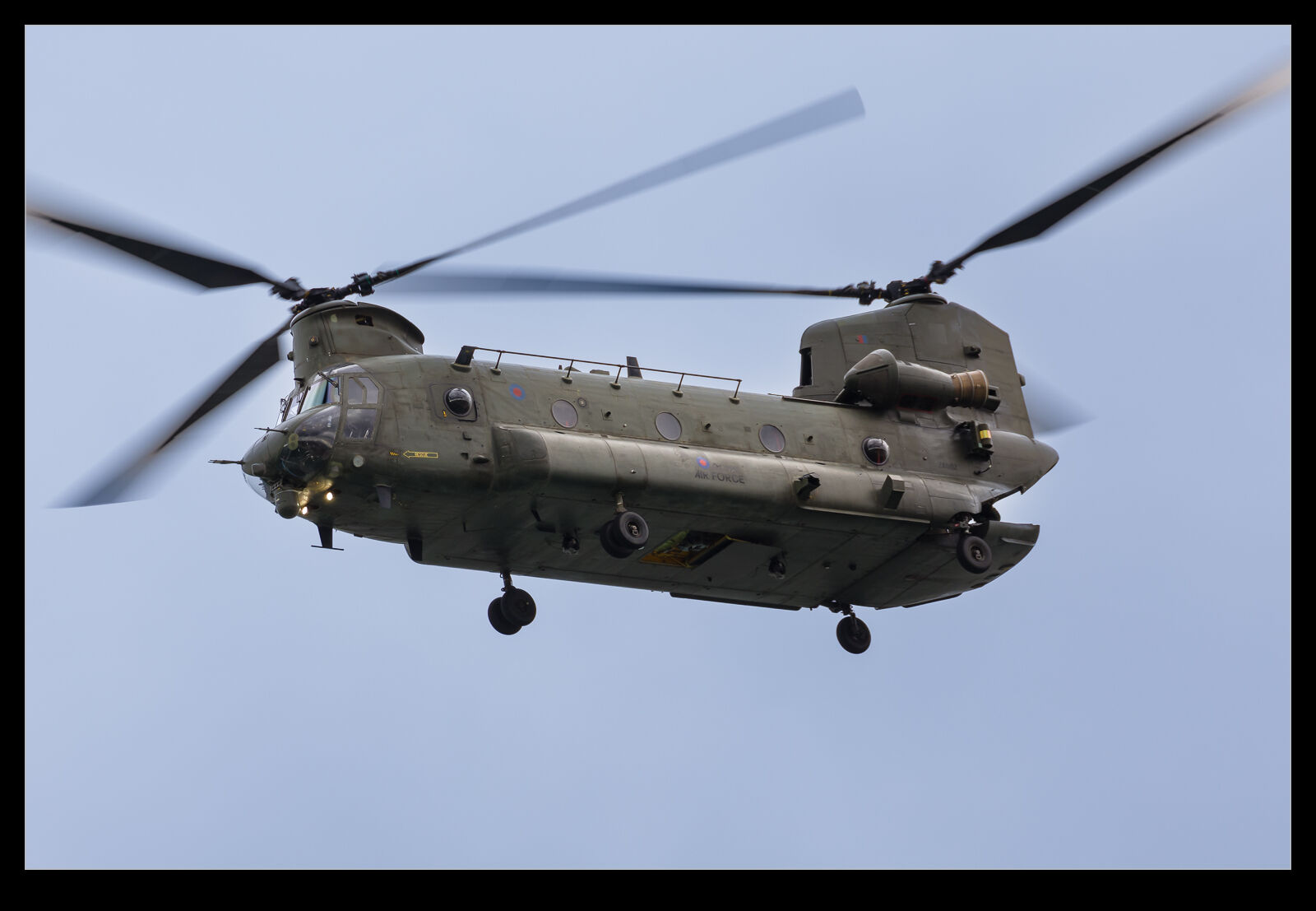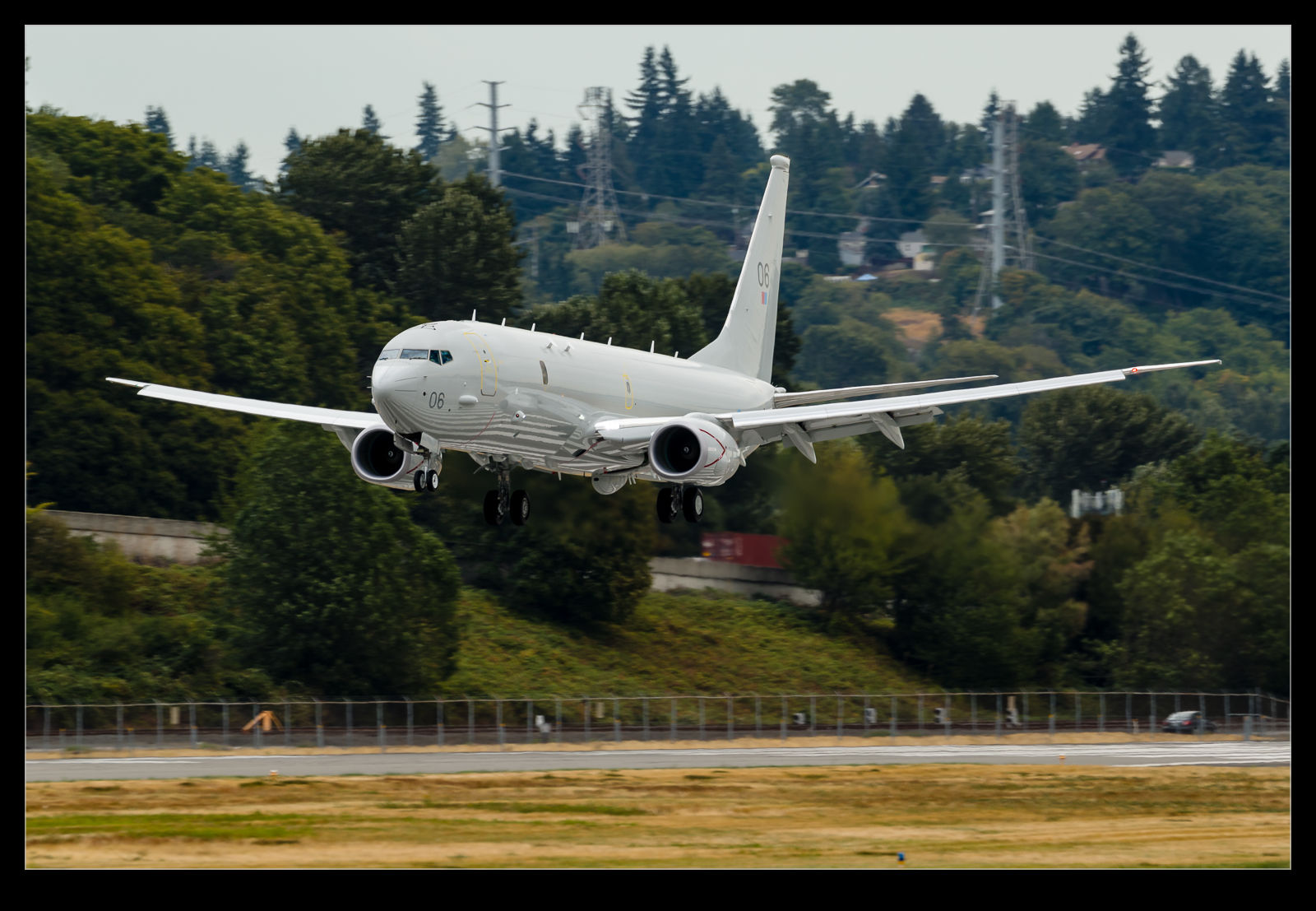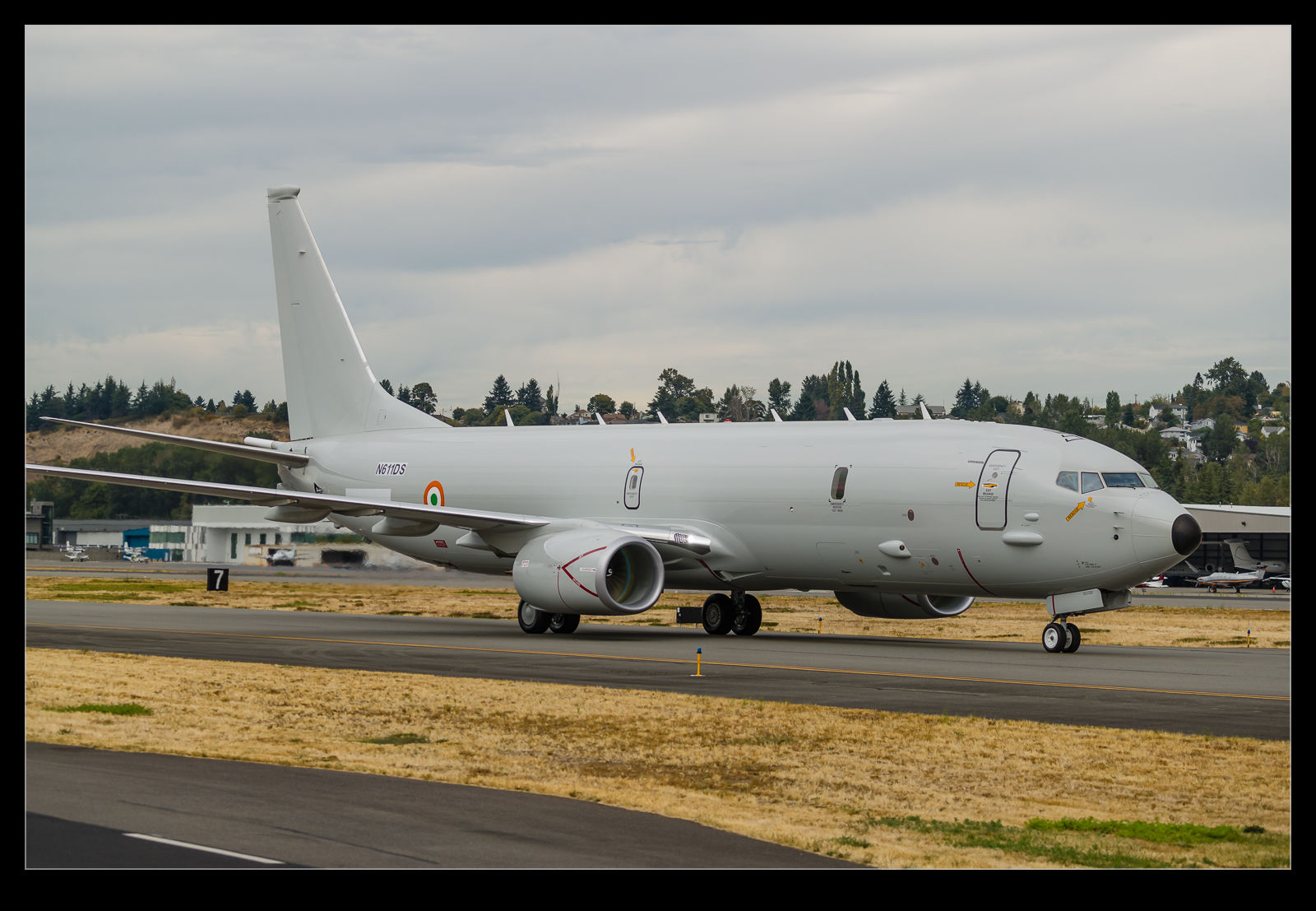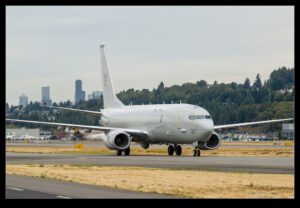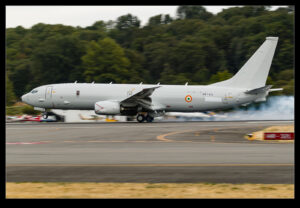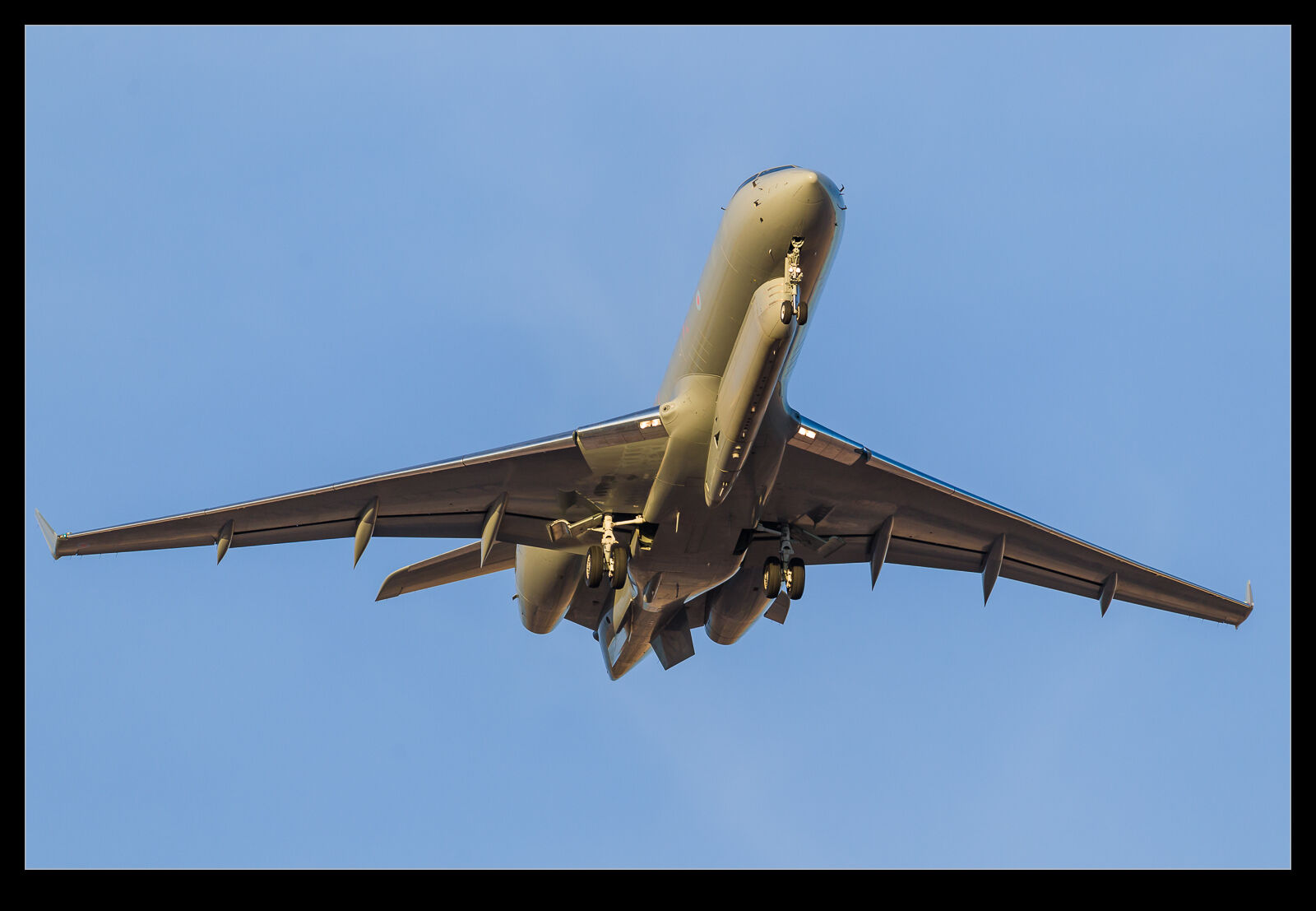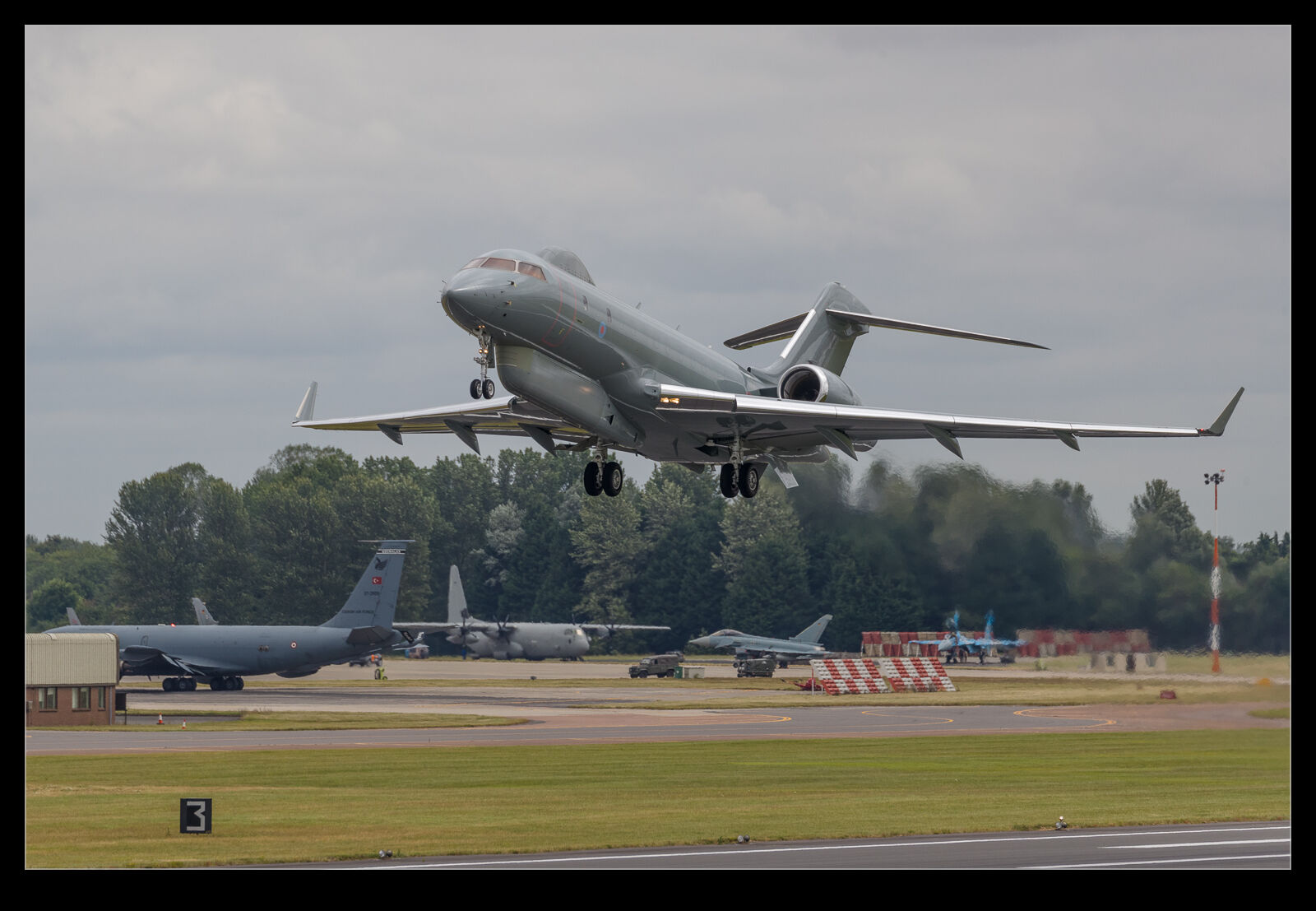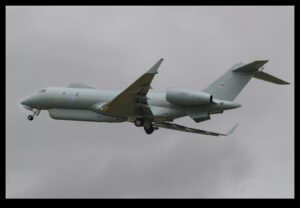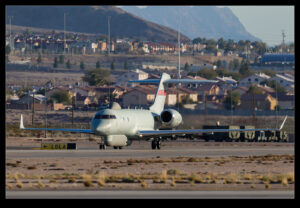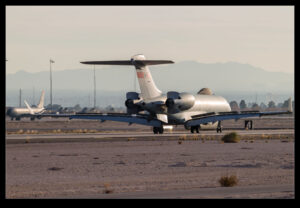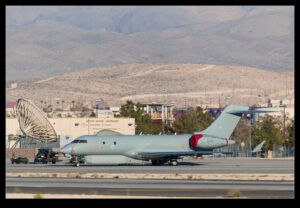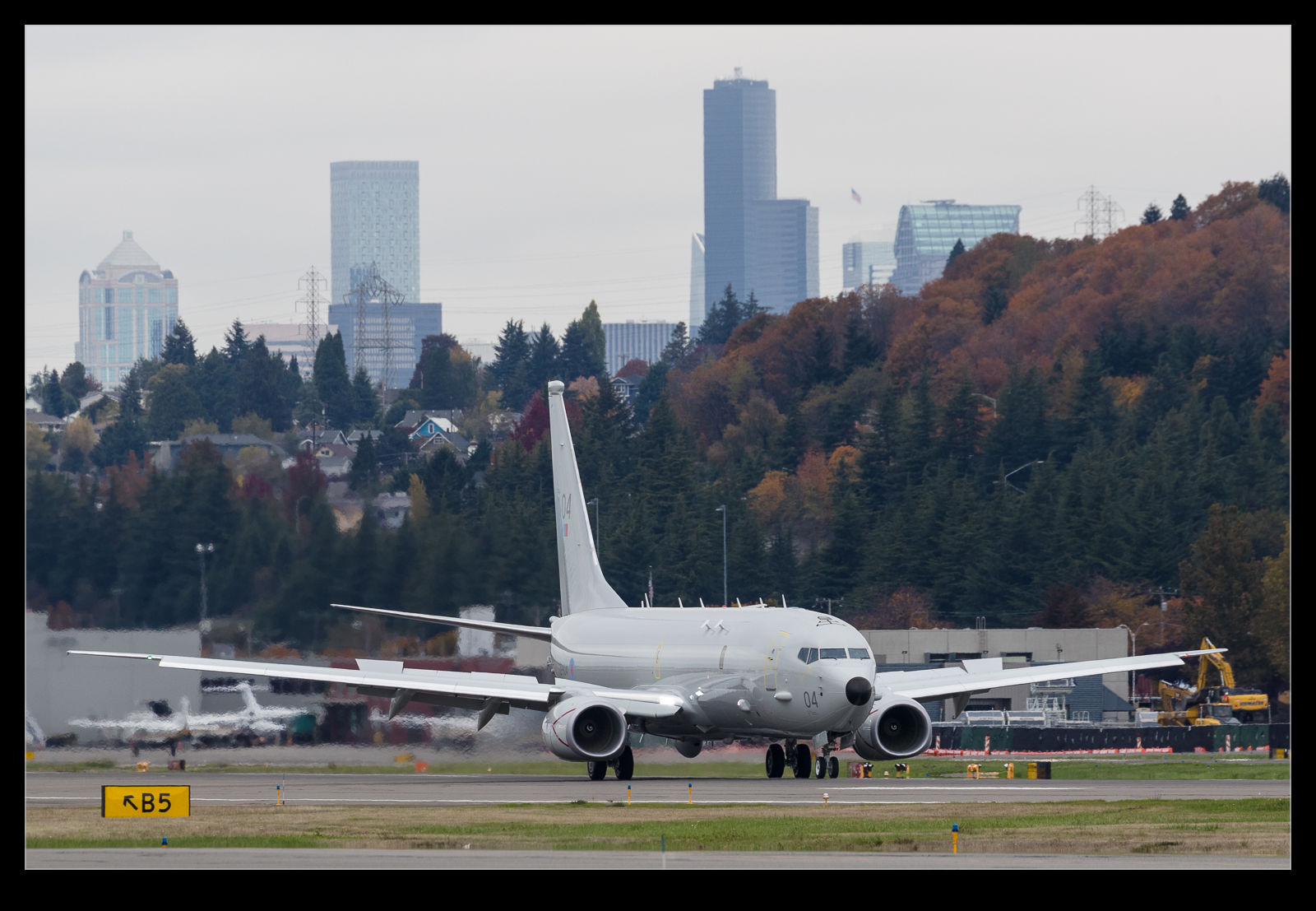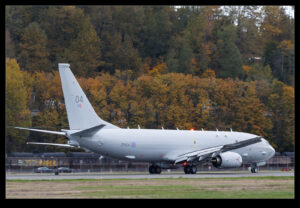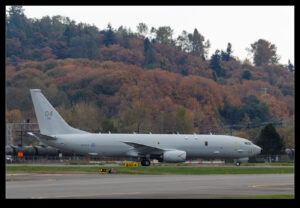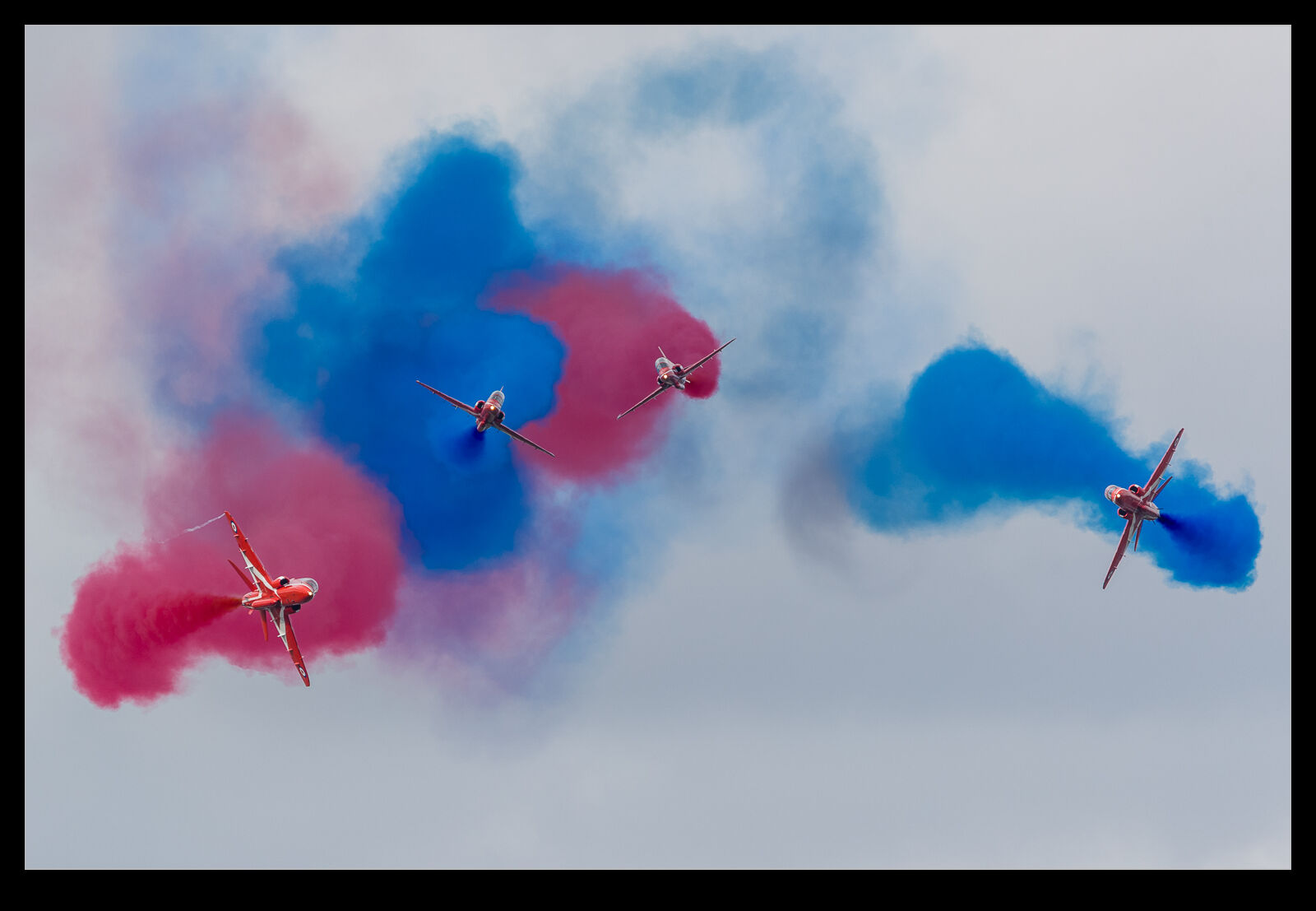 Why, when my last visit to RIAT was in 2019, am I still working my way through some shots from that show? There are many potential reasons but none of them reflect too well on me so we shall move past that topic and on to what I shot at that show. Specifically, let’s look at the Red Arrows. When we used to live in the UK, we would see the Reds on a regular basis and would sometimes get a bit blasé about them. When you live elsewhere, they become a bit more fun to see.
Why, when my last visit to RIAT was in 2019, am I still working my way through some shots from that show? There are many potential reasons but none of them reflect too well on me so we shall move past that topic and on to what I shot at that show. Specifically, let’s look at the Red Arrows. When we used to live in the UK, we would see the Reds on a regular basis and would sometimes get a bit blasé about them. When you live elsewhere, they become a bit more fun to see.
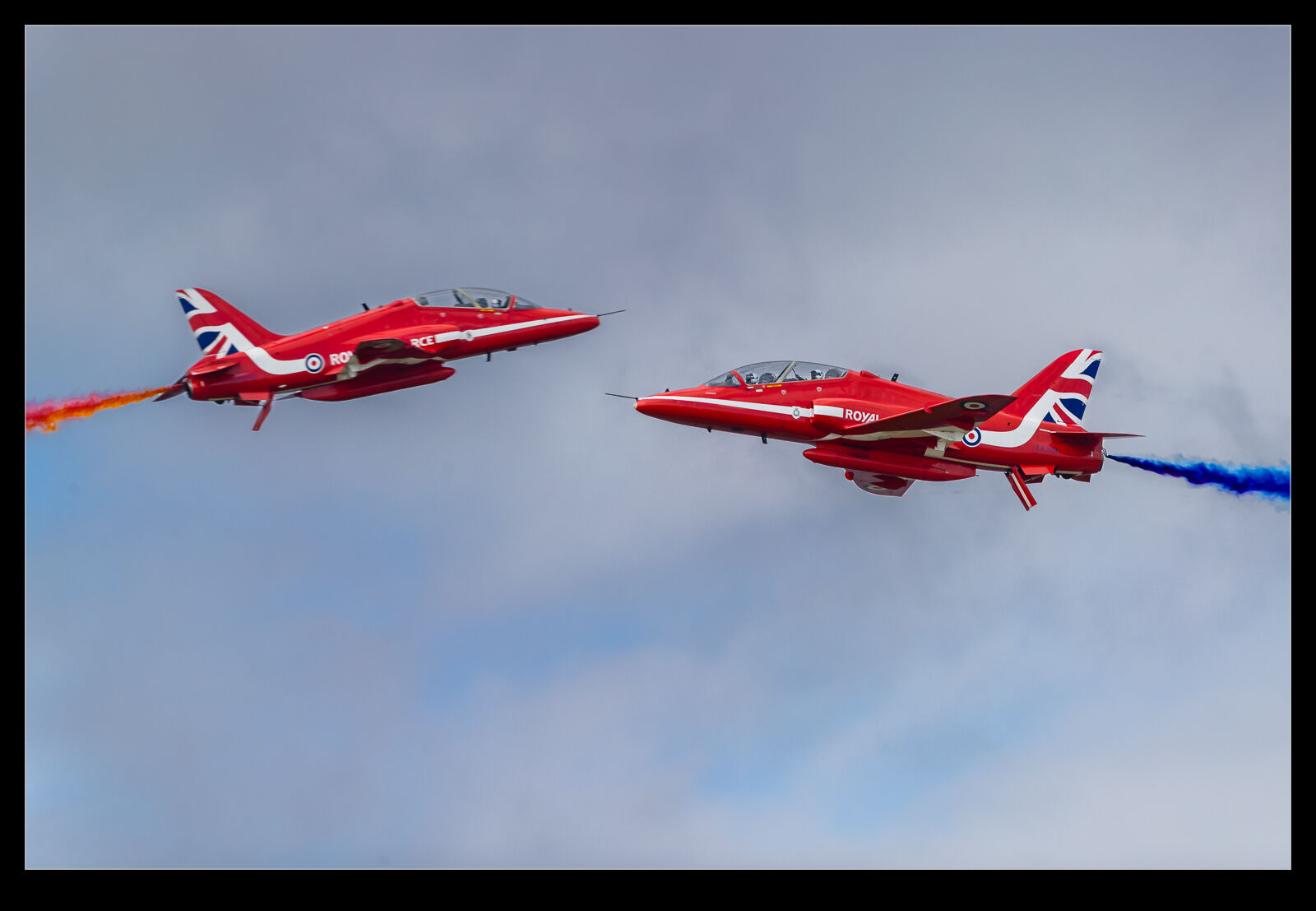 Consequently, I did make the effort to get a few good shots of their displays. It would have been nice to have some slightly better light to shoot them in, but that show was not the best for weather. Take off is always nice since you are close to the formations, and they are potentially tightly grouped in the frame. There are always the crossing shots to go for and then the bigger formation breaks will be a target. All of these were part of my efforts that year. When I was young, the rollbacks were a favorite of mine. They do a variation on this now, but I am not quite so keen. It is a tough one to shoot anyway since you really want to be on the display axis to get the best effect. Even so, I was still pretty happy with what I got overall.
Consequently, I did make the effort to get a few good shots of their displays. It would have been nice to have some slightly better light to shoot them in, but that show was not the best for weather. Take off is always nice since you are close to the formations, and they are potentially tightly grouped in the frame. There are always the crossing shots to go for and then the bigger formation breaks will be a target. All of these were part of my efforts that year. When I was young, the rollbacks were a favorite of mine. They do a variation on this now, but I am not quite so keen. It is a tough one to shoot anyway since you really want to be on the display axis to get the best effect. Even so, I was still pretty happy with what I got overall.
